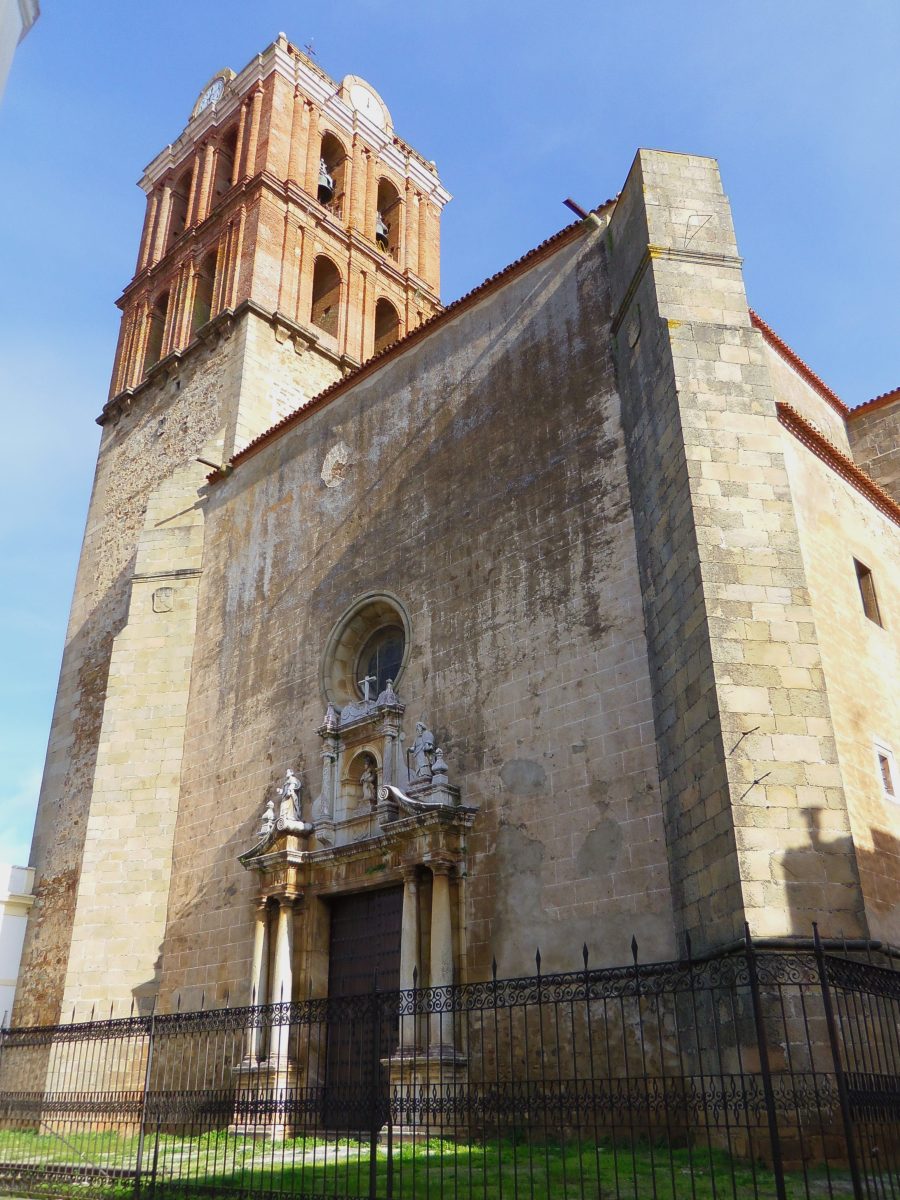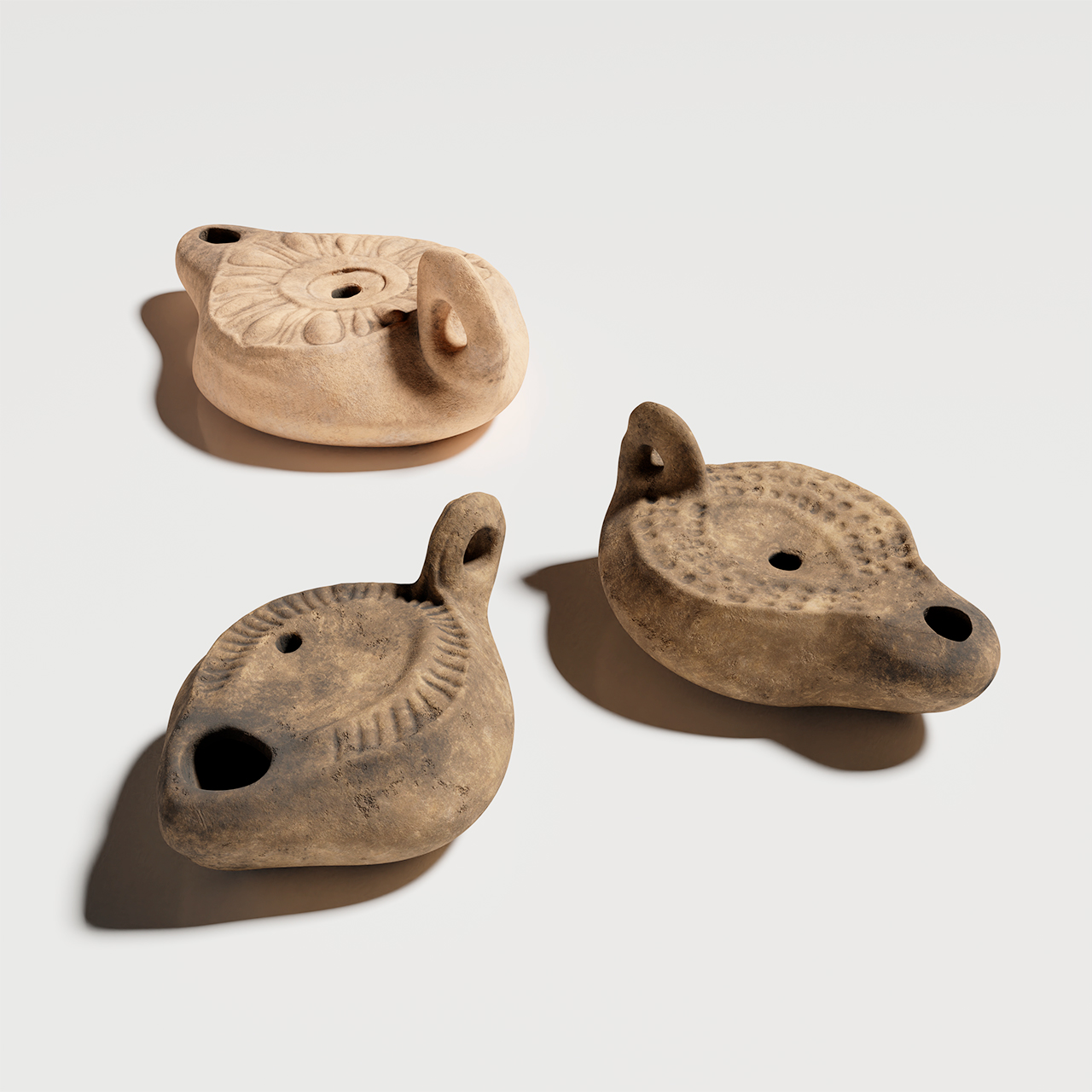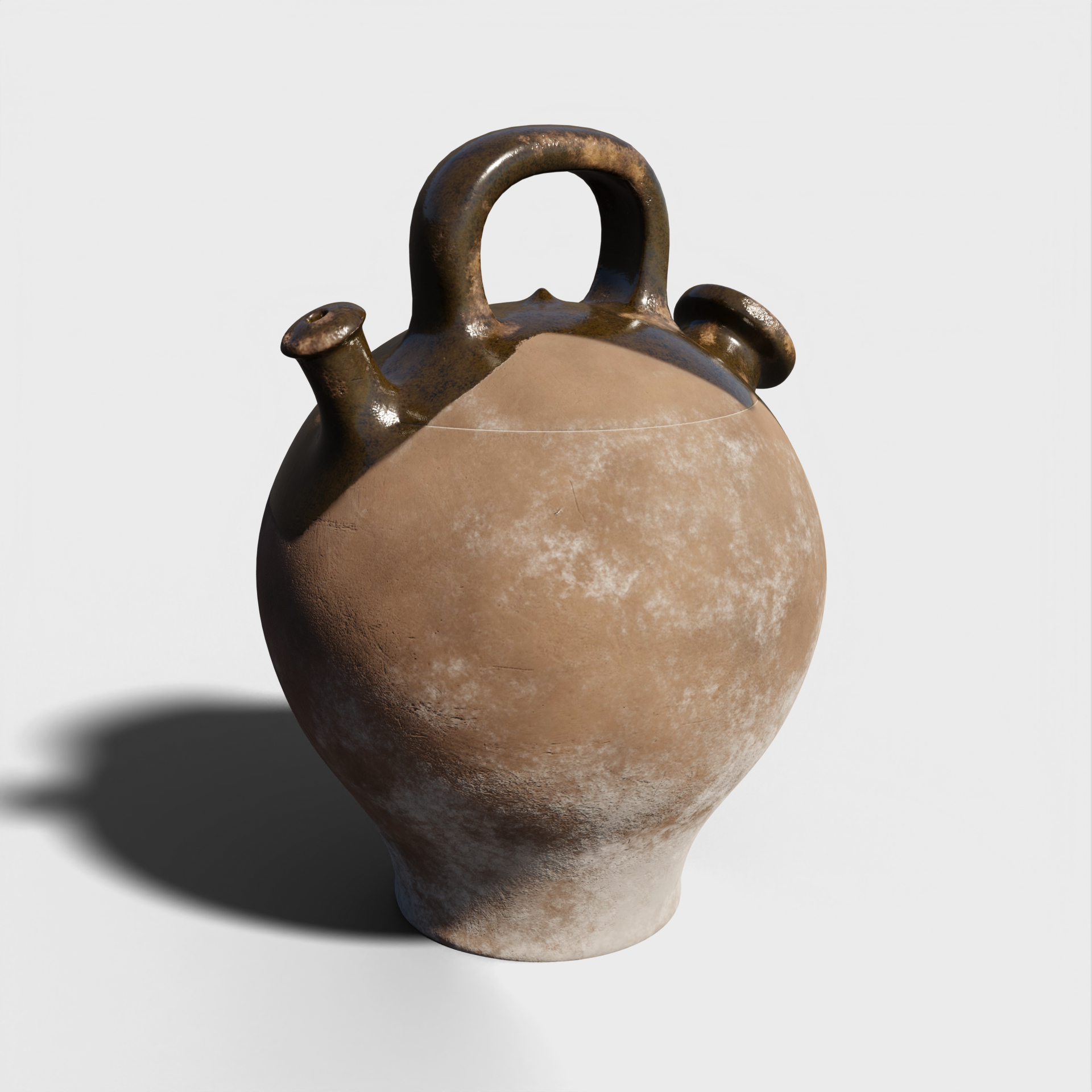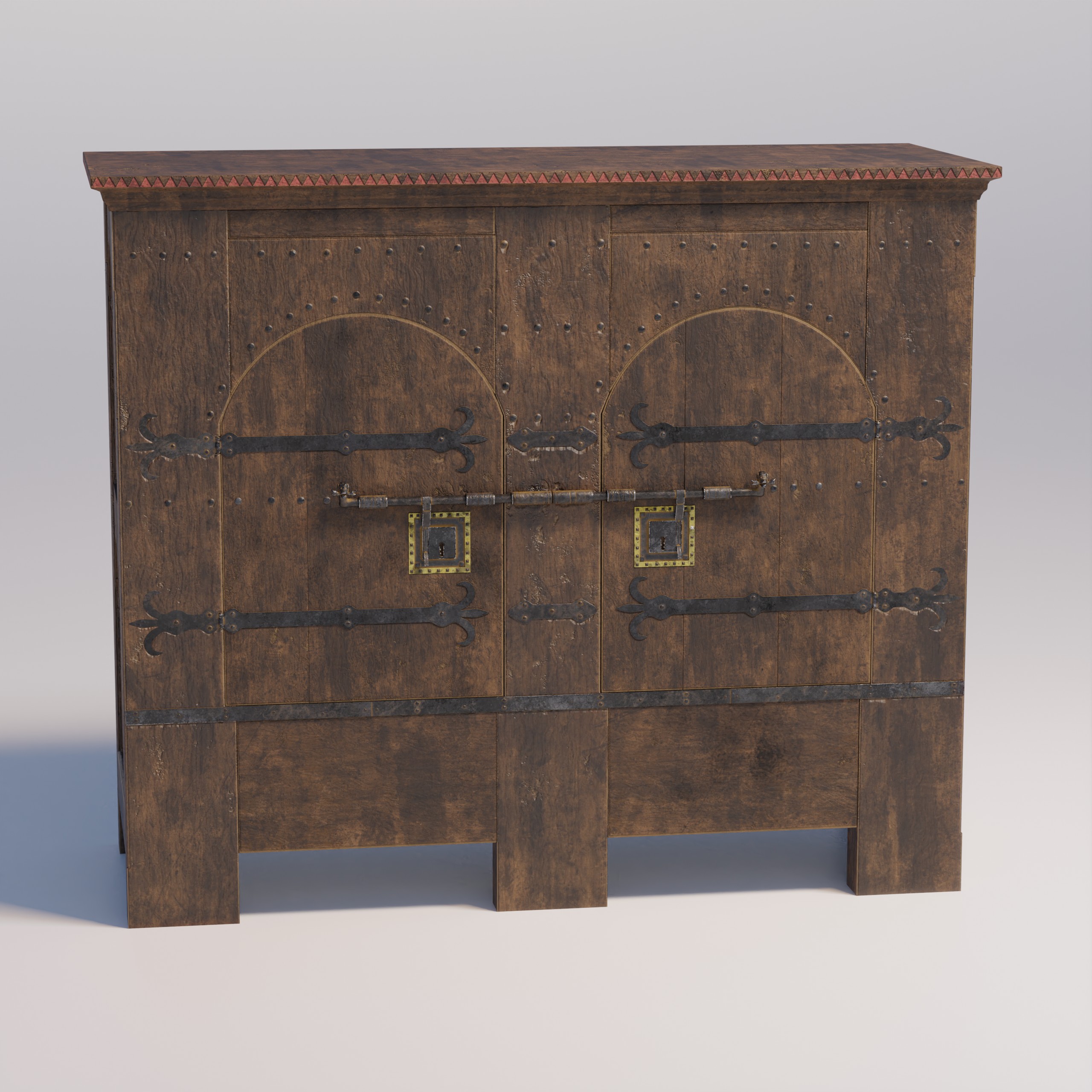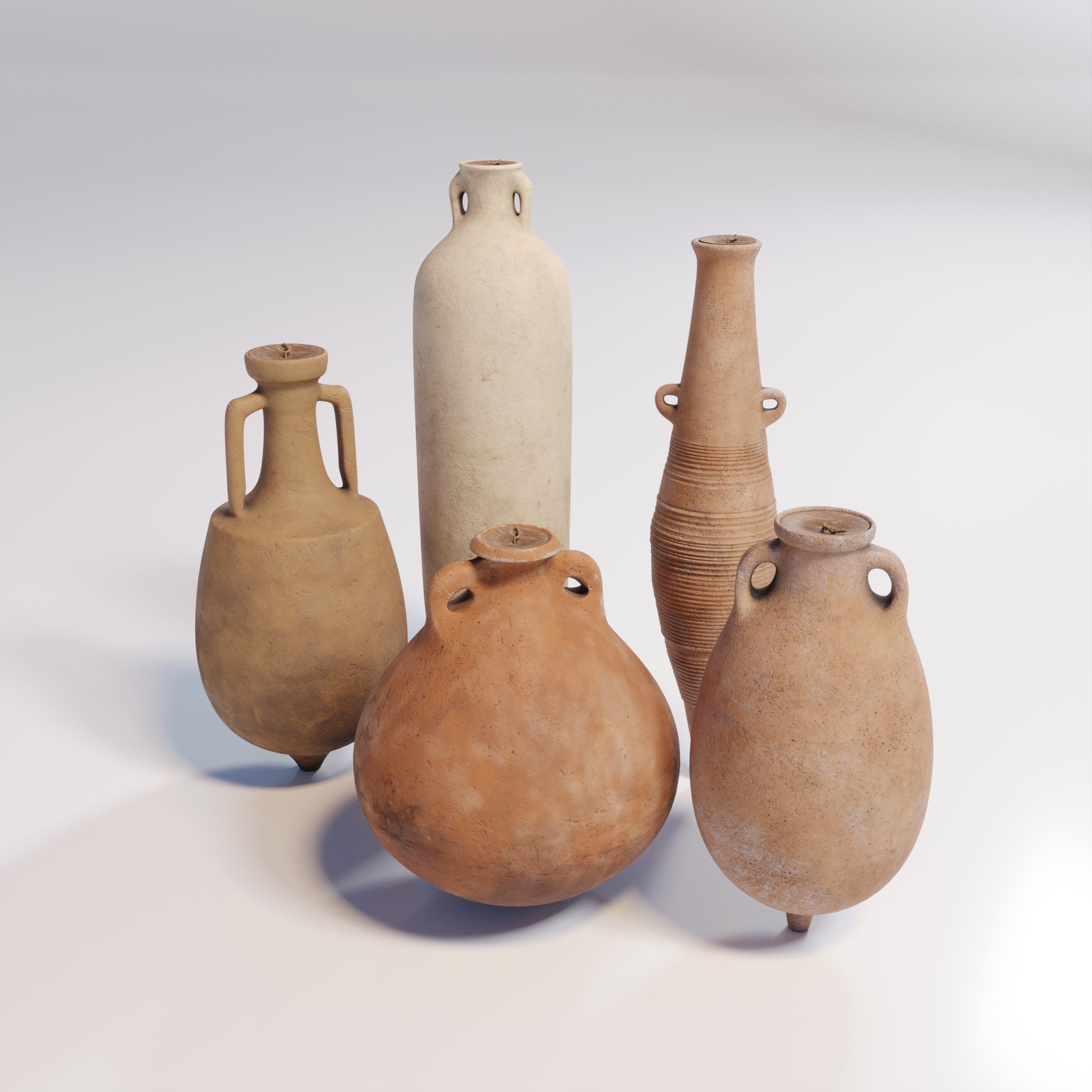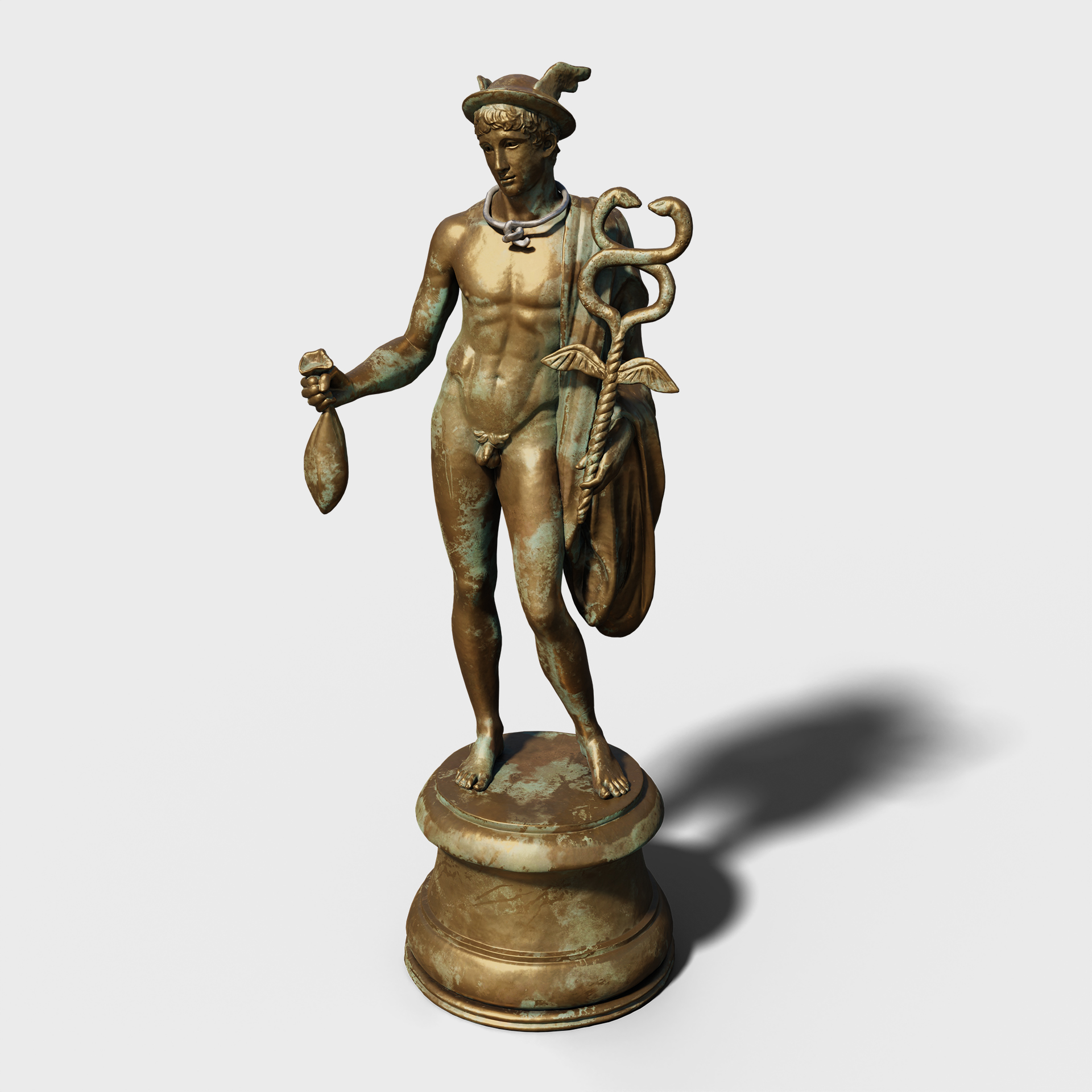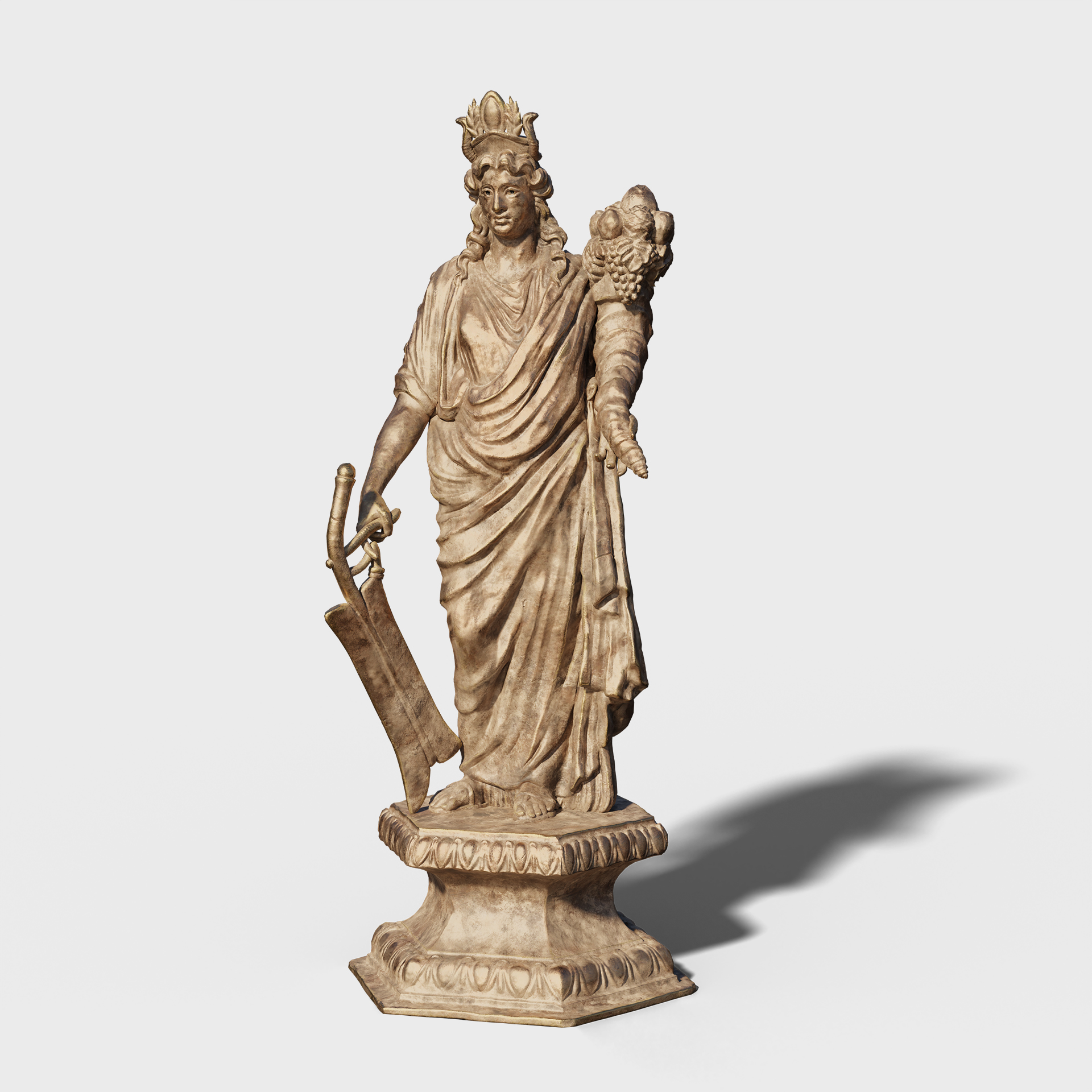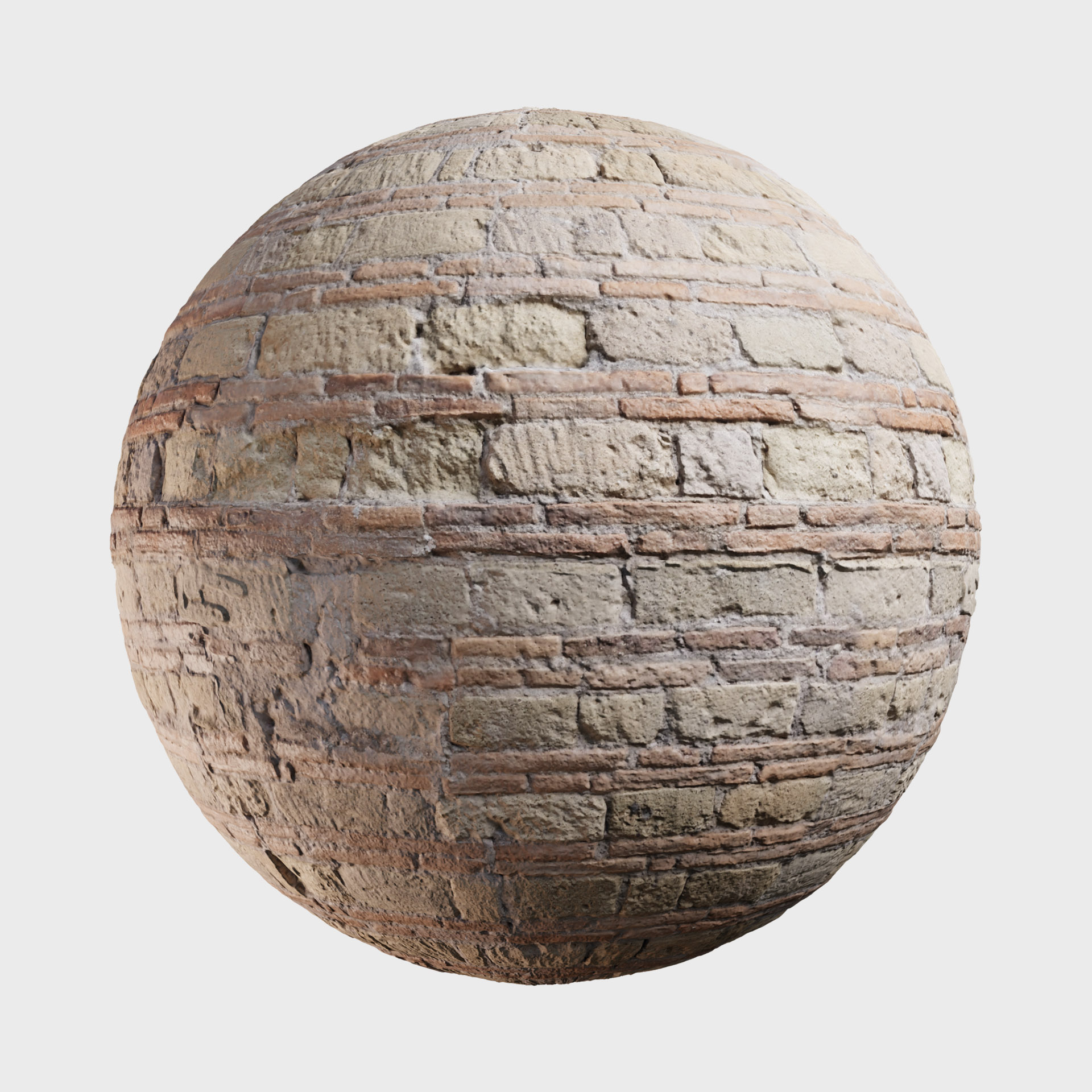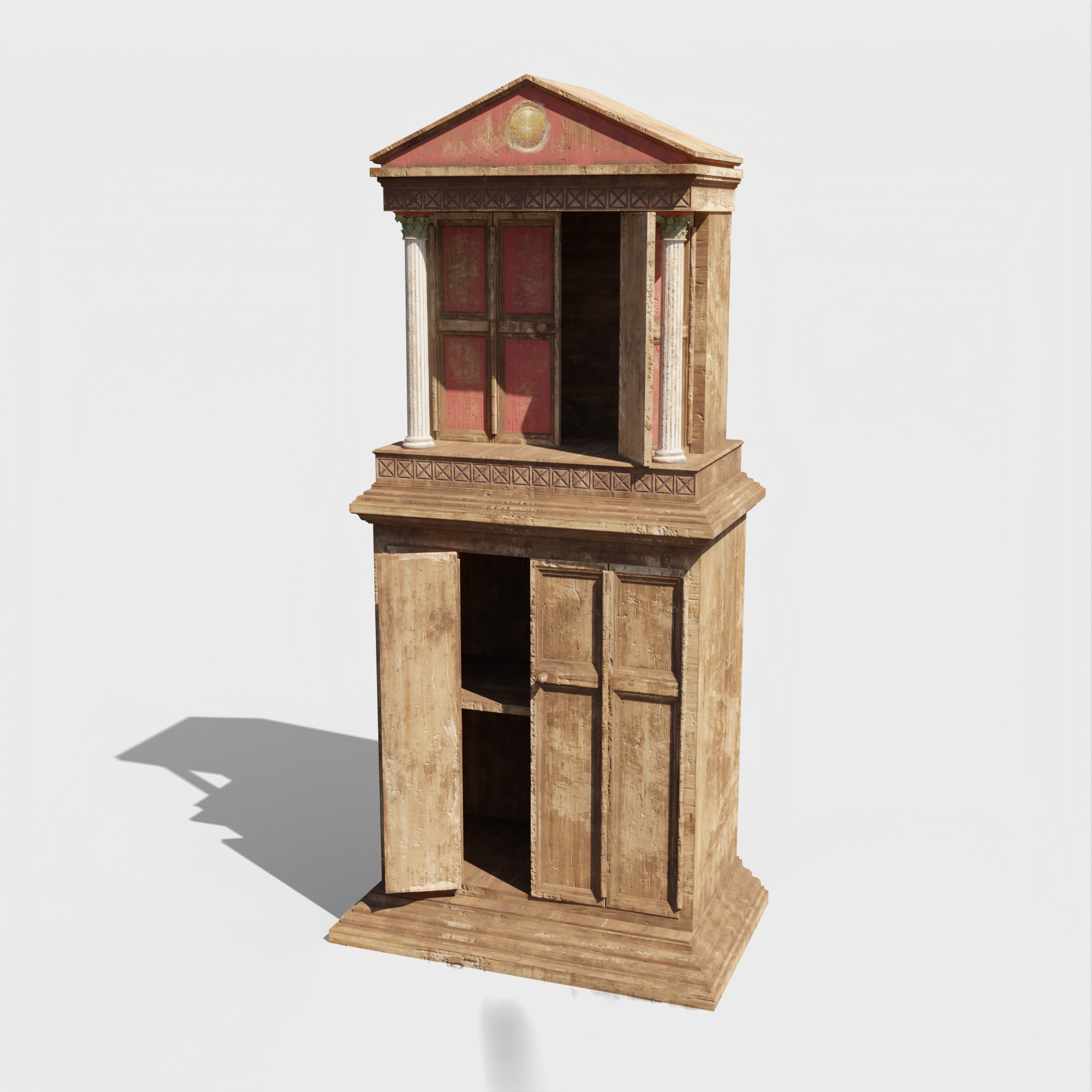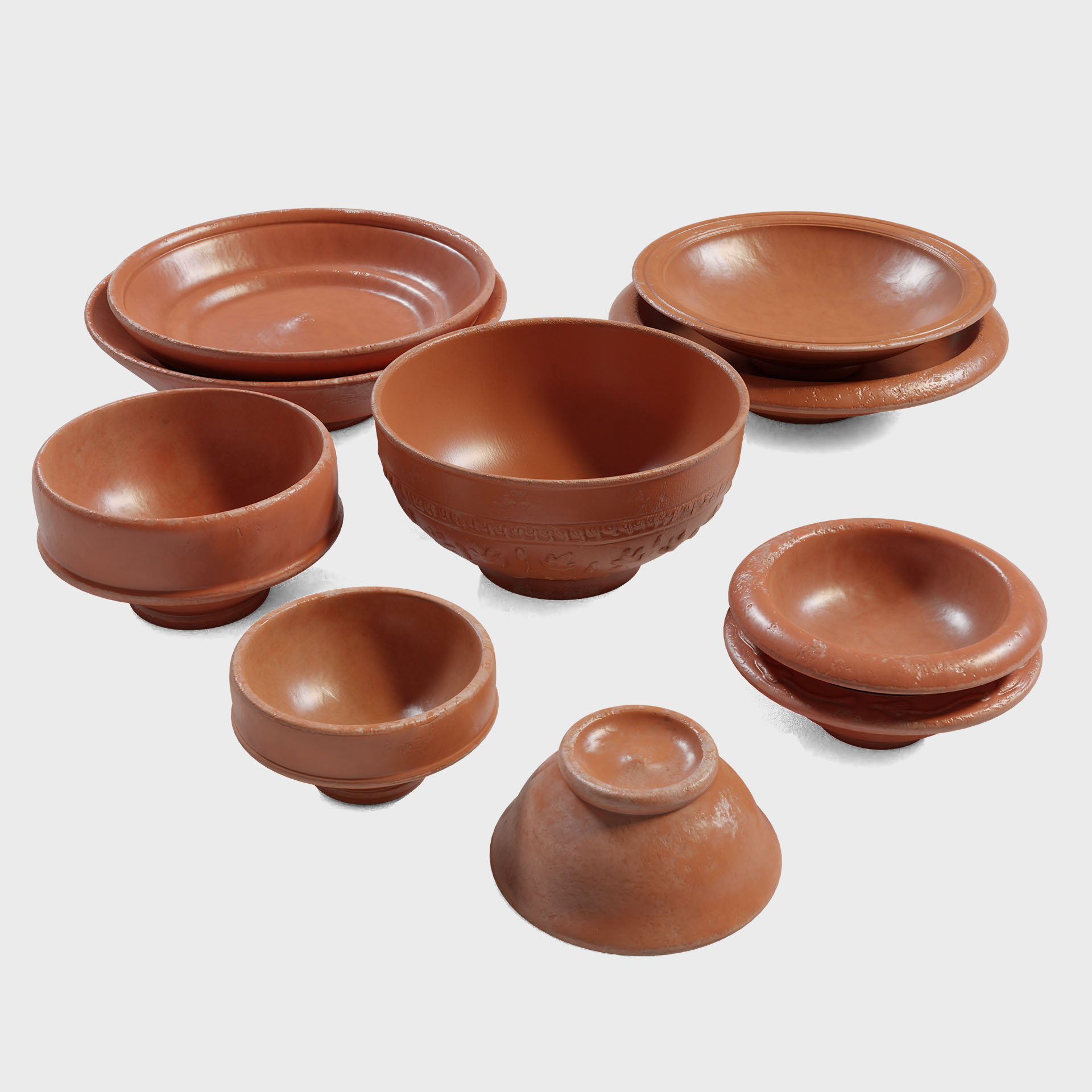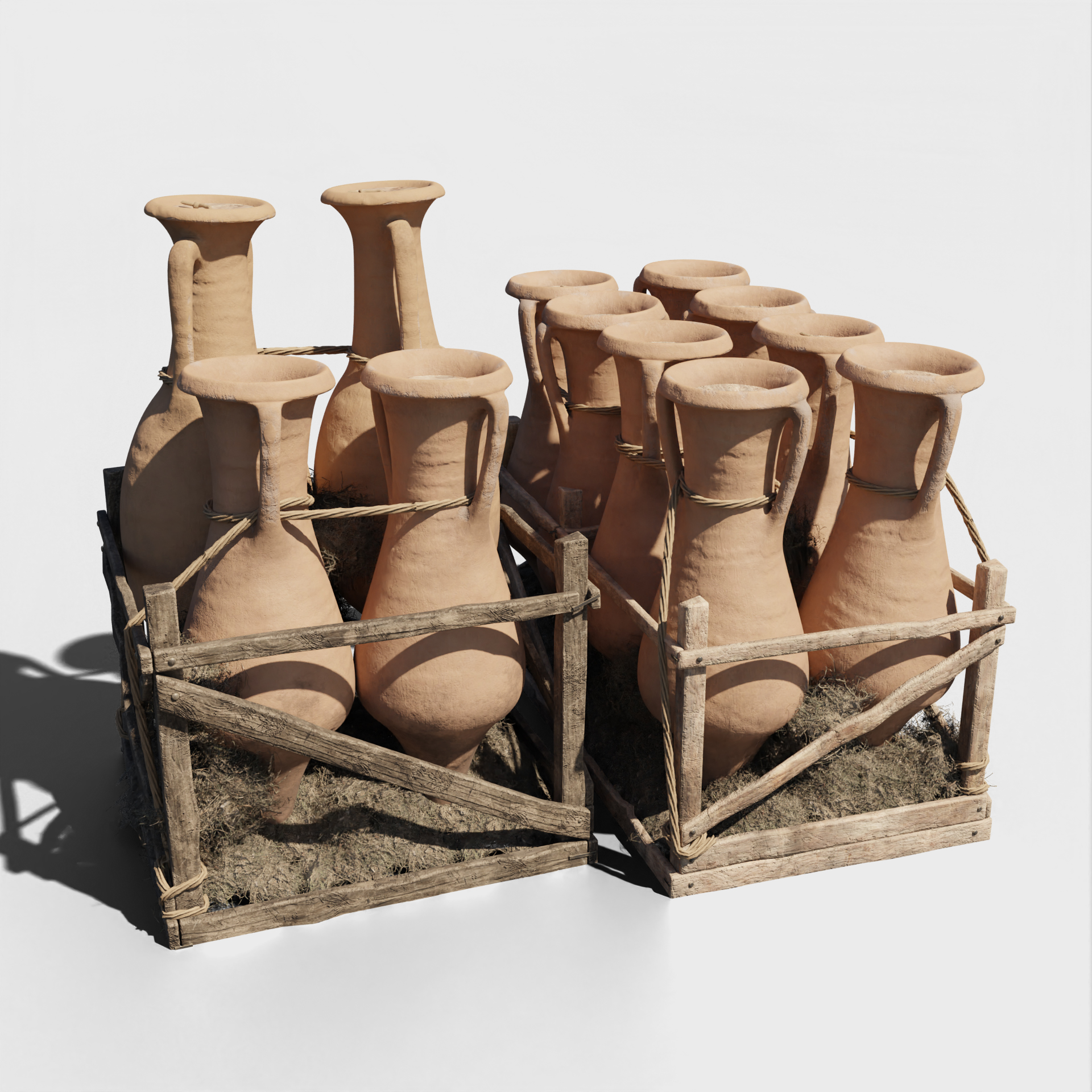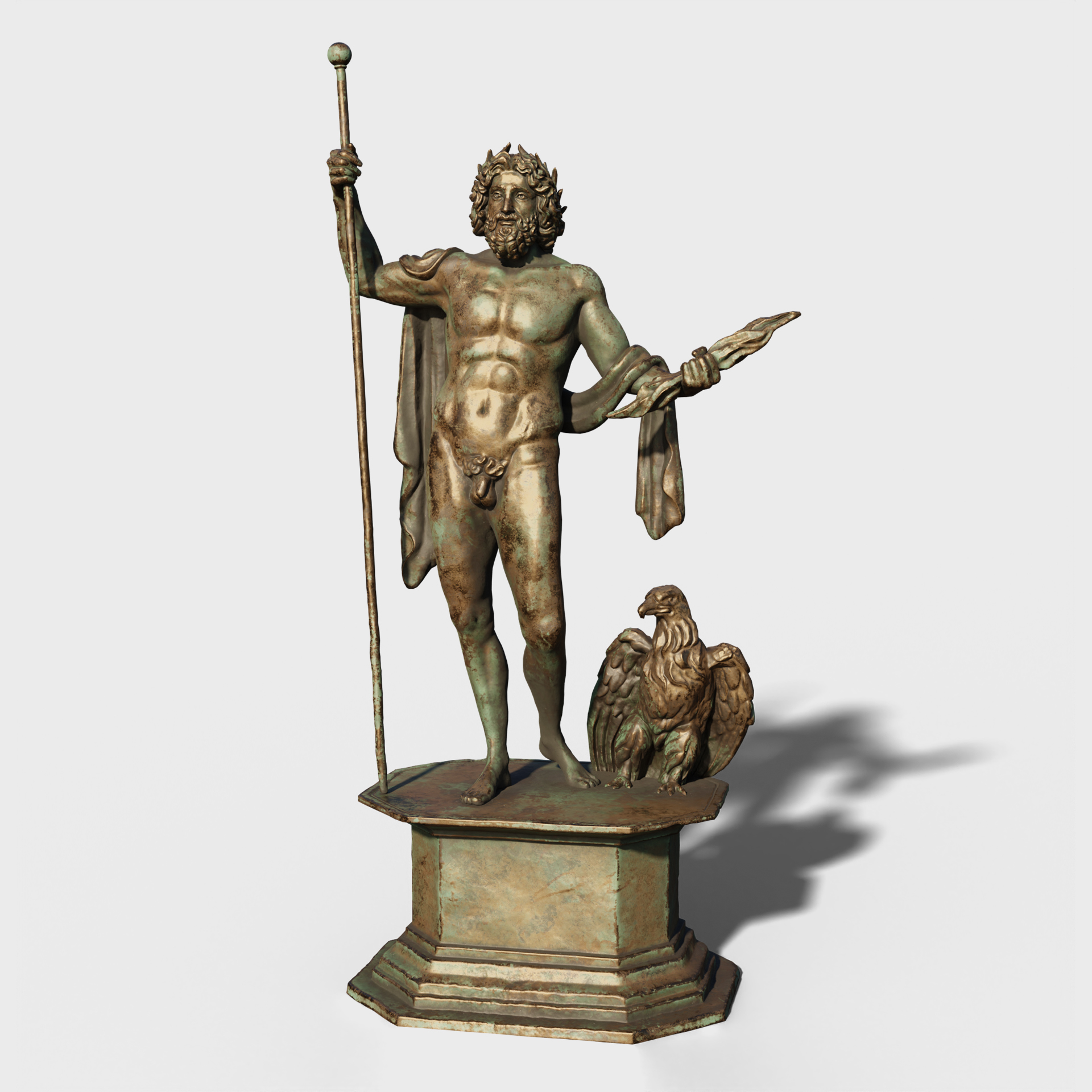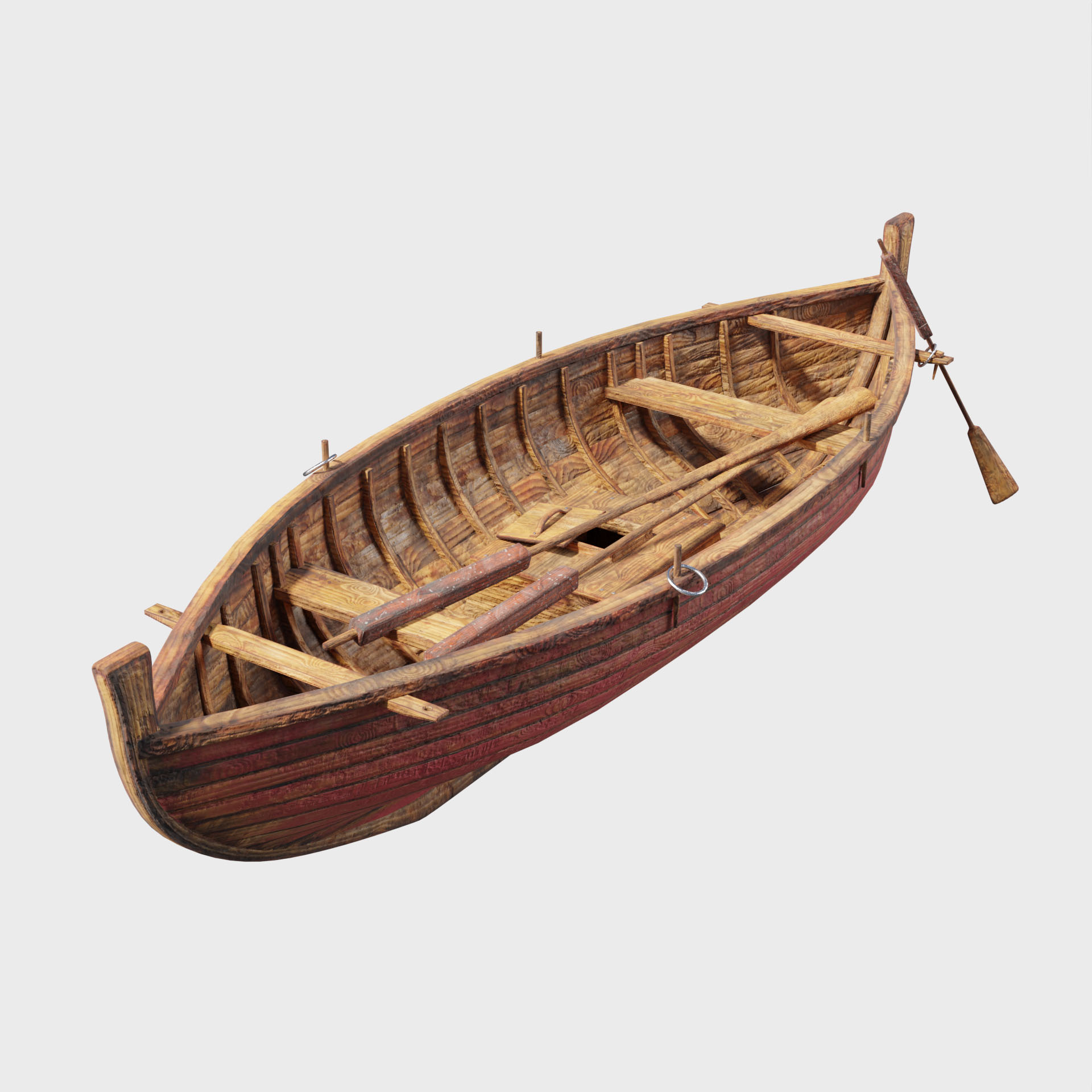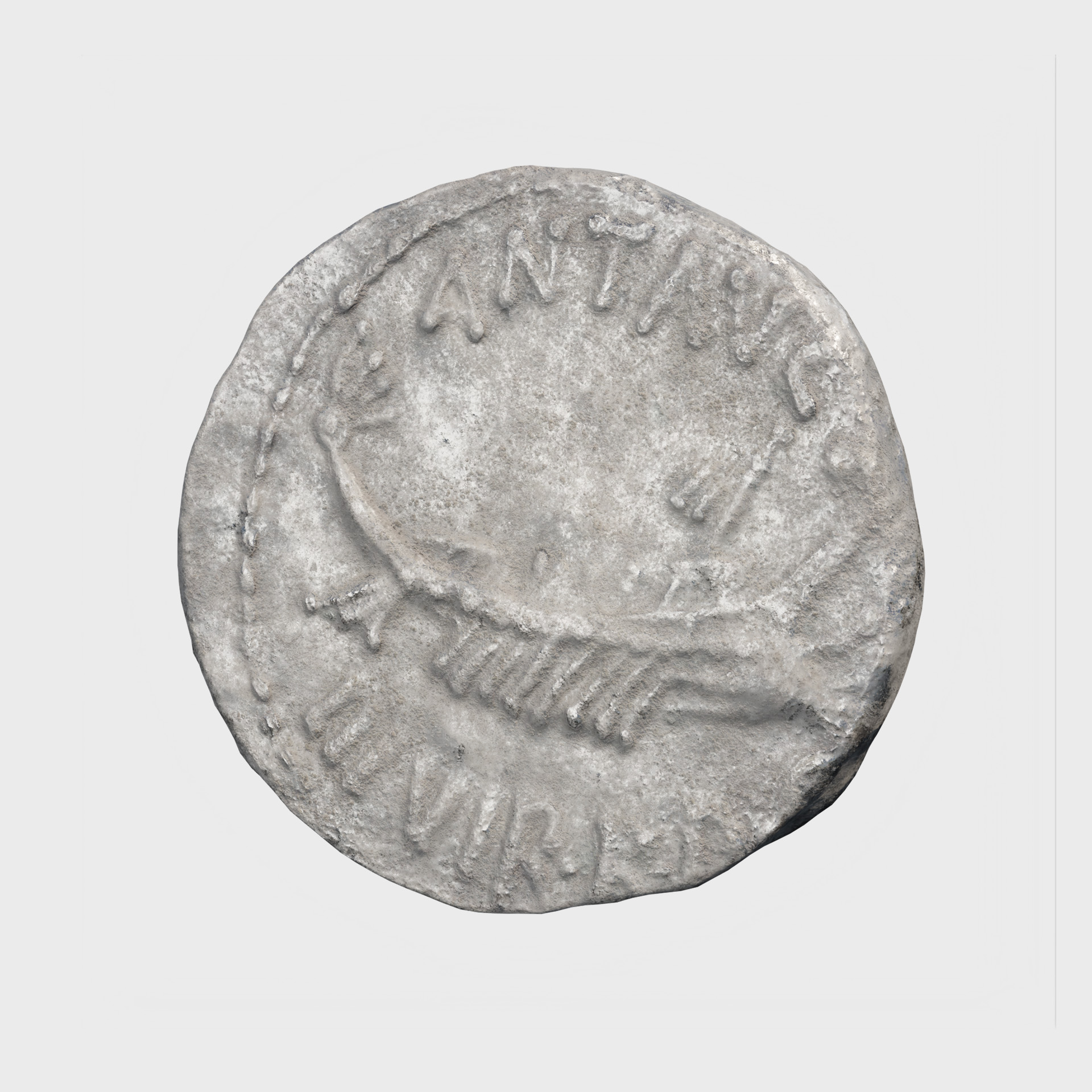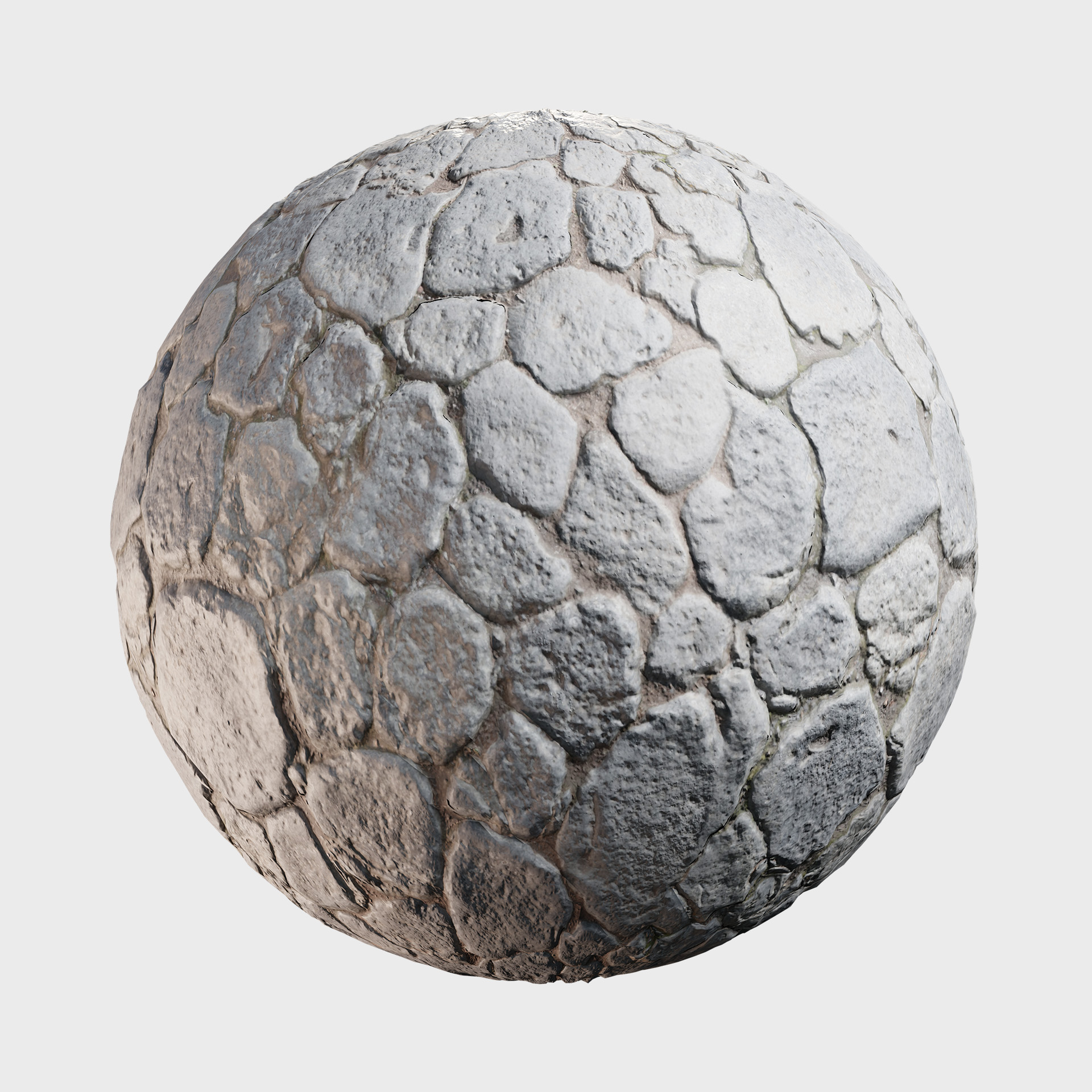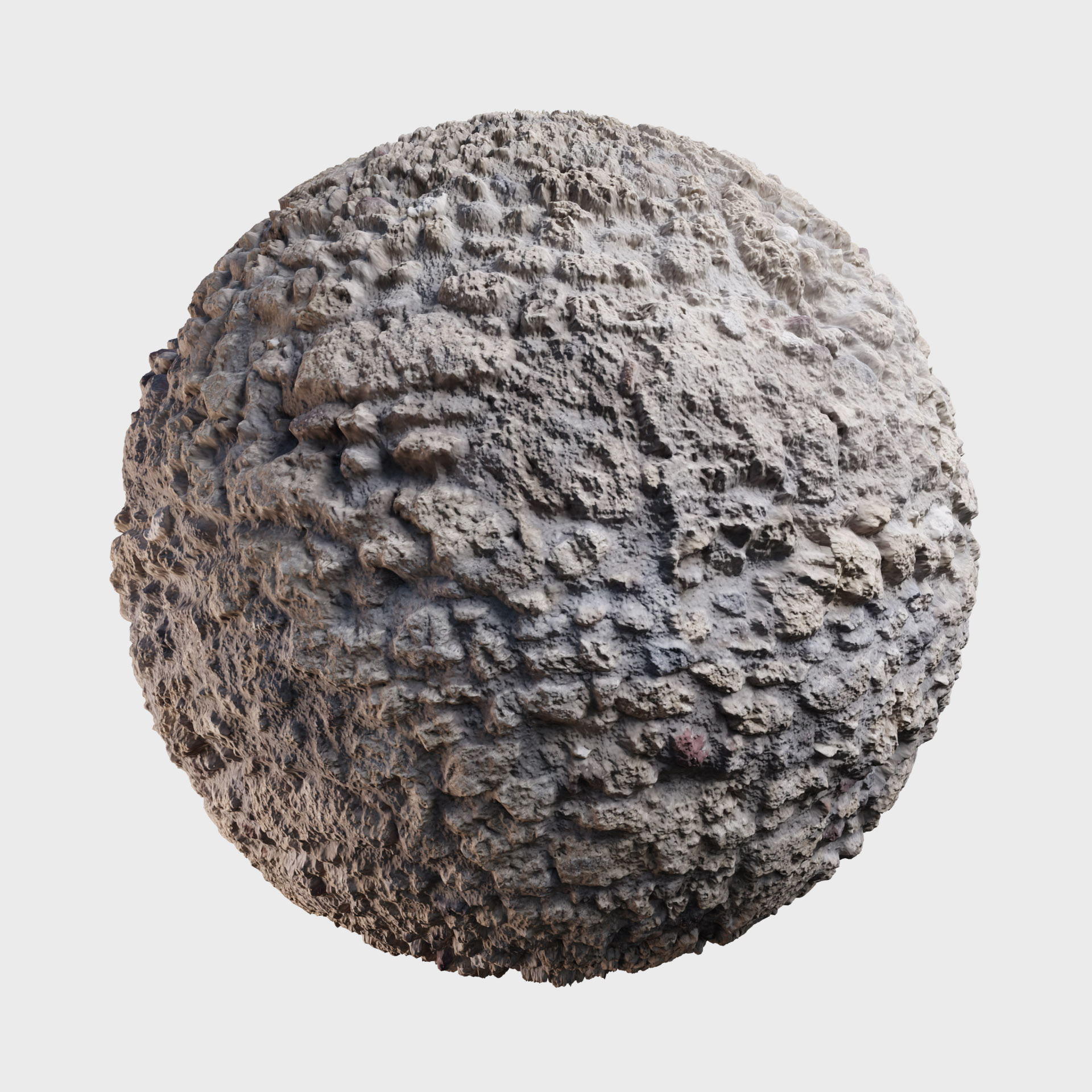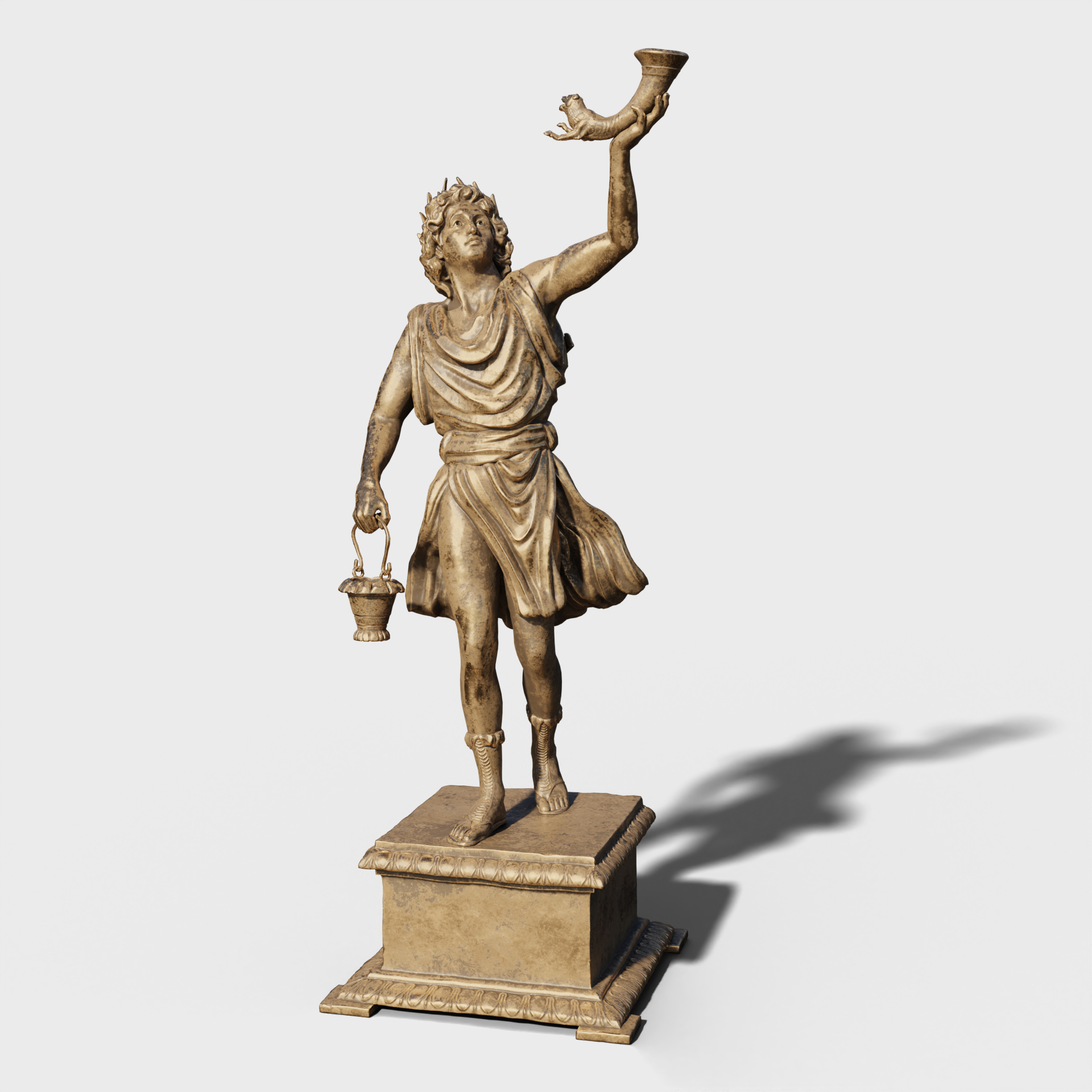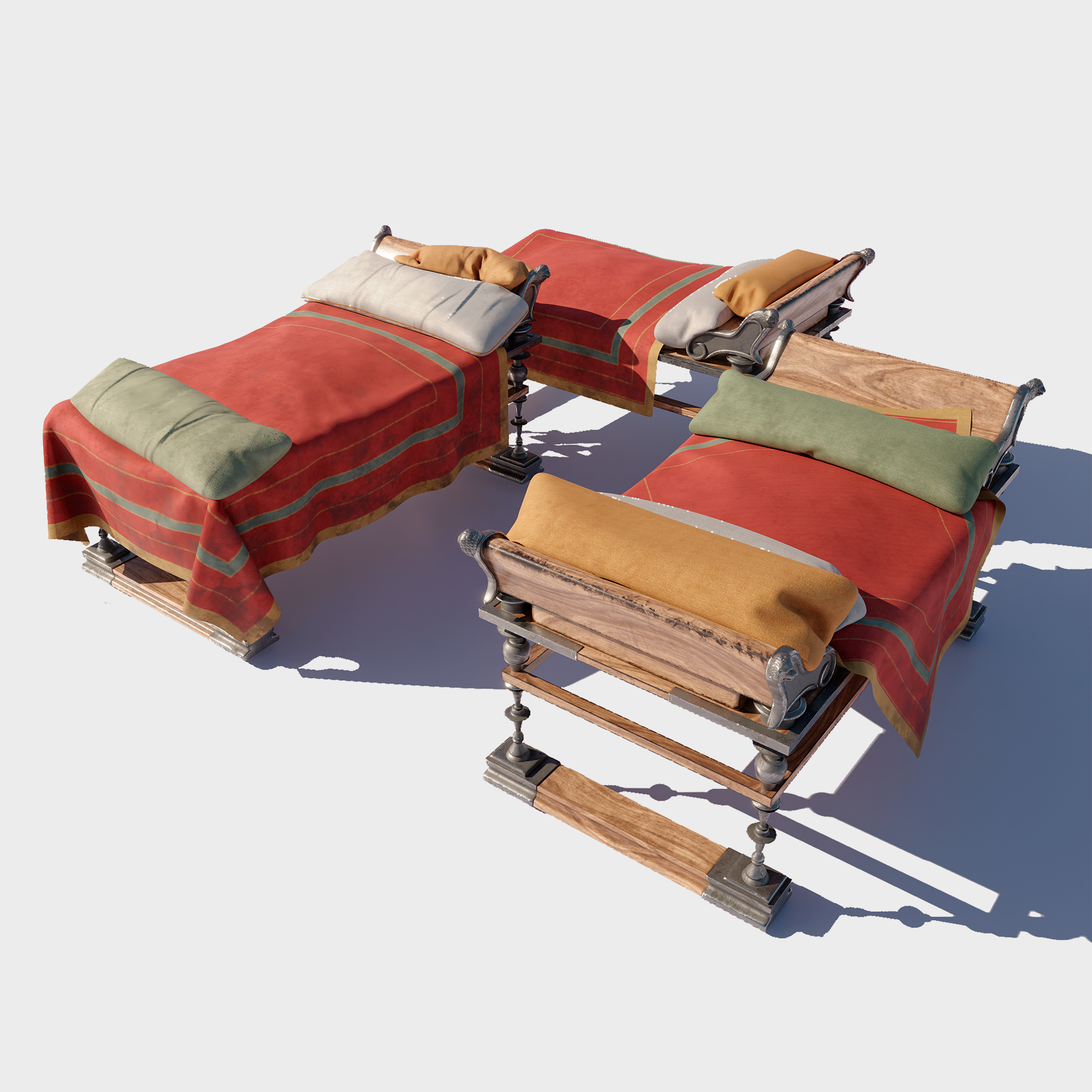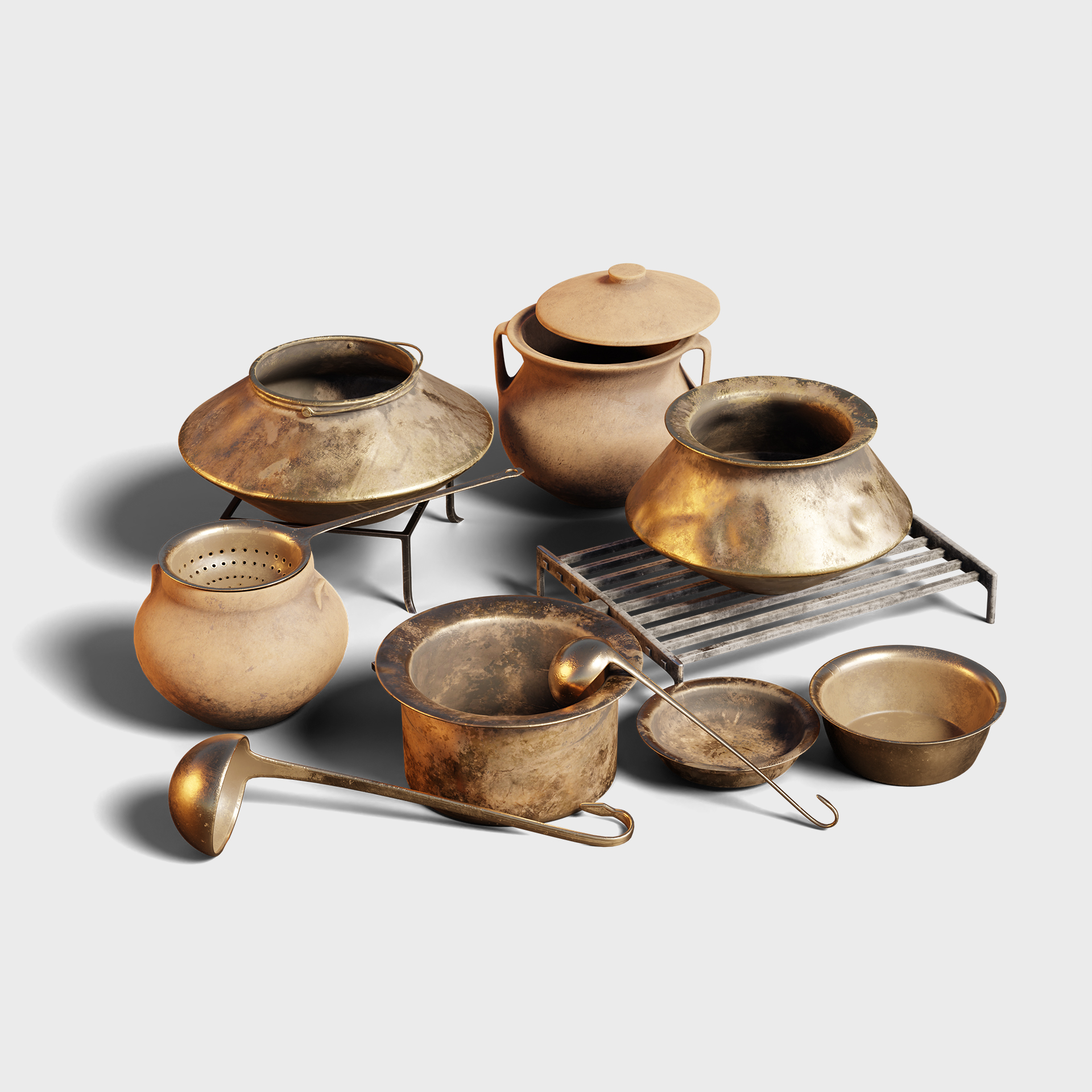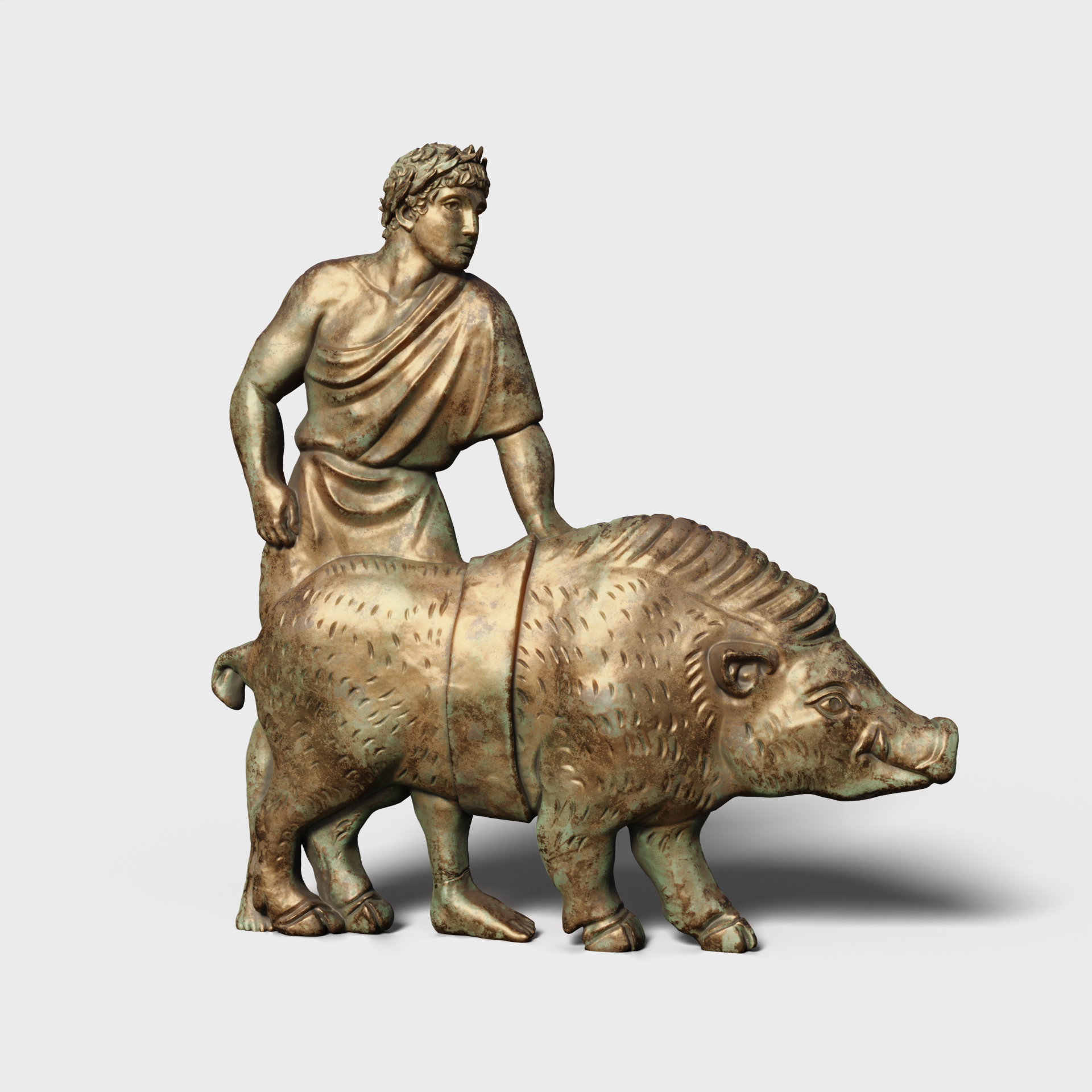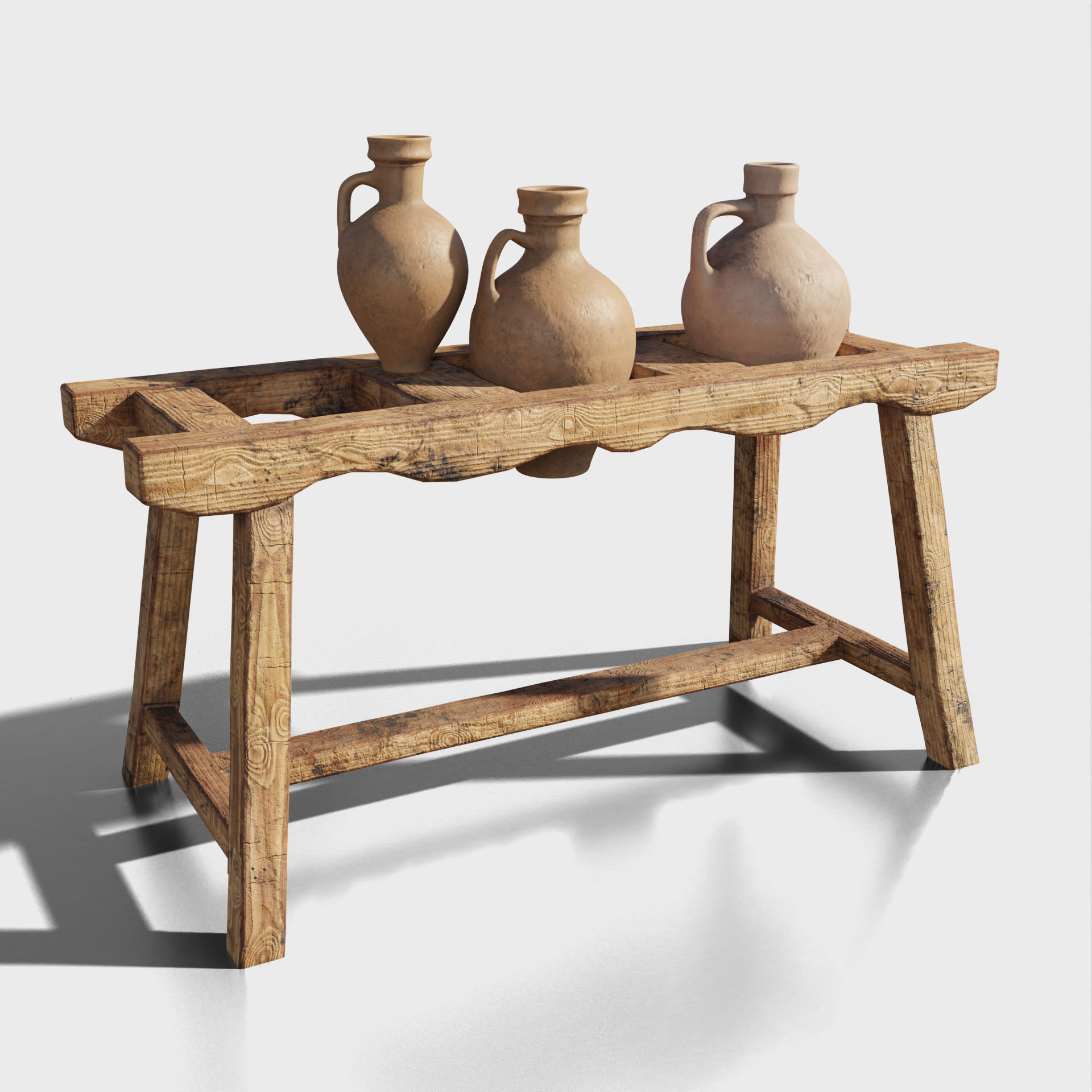Alcalá de Henares
SpainAlcalá de Henares, in Madrid (Spain), is a city with a rich historical heritage. Its old town, declared a UNESCO World Heritage site, is home to the University of Alcalá, a Renaissance gem, and the Casa Natal de Cervantes (Cervantes Birthplace). The Gothic cathedral, churches, convents, and cobblestone streets complete the historical charm.
Walking through Alcalá is immersing oneself in centuries of history. The Corral de Comedias, a medieval theater, and the Puerta de Madrid bear witness to its past. Furthermore, Roman remains and a vibrant life in squares and terraces make Alcalá a must-visit destination for heritage and culture enthusiasts.
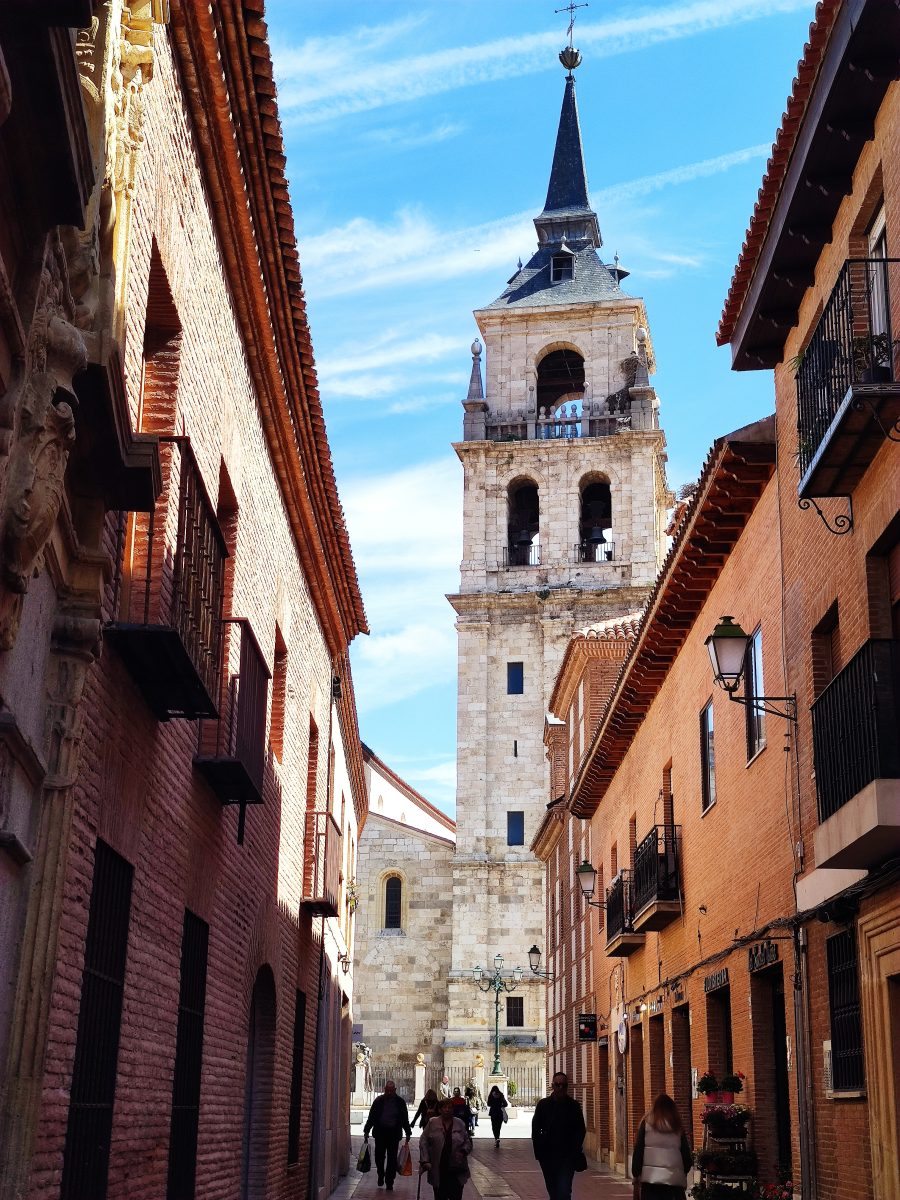
Alcoi, Alicante (Spain)
Los Castejones
Calatañazor (Soria)The archaeological site of Los Castejones, identified as the old Voluce, is located on a hill near the current Villa de Calatañazor. It was occupied at least during the 3rd and 1st centuries BC. and it also shows late-Roman occupation (IV-V centuries).

Argentona Botijo Museum
Catalonia, SpainThe Argentona Botijo Museum (Museu del Càntir de Argentona) is a public institution of the Argentona Town Council, founded in 1975.
It is unique in the world in its speciality, although we can also find two private collections of botijos open to the public, the Museo del Botijo de Villena (Alicante) and the Museo del Botijo de Toral de los Guzmanes (León). The pieces on display in the Museum amount to more than four thousand examples, from the Bronze Age to Picasso, including large collections of pottery from the 14th to 18th centuries, numerous examples from the 19th century and the bulk of the collection, made up of popular and traditional pottery from throughout the 20th century. Its origins are very diverse, but it is mainly centred on Catalonia and Spain, although in recent years numerous examples from other countries such as Portugal, France, Italy, Morocco, Mexico and Peru, among many others, have entered the collection.

Aubazine (France)
Aubazine is a commune and town in France, in the Limousin region. It is noted for having a Cistercian monastery founded around 1134 by Saint Stephen of Obazine, who after his ordination, with another priest, Pierre, began a hermitage life. They attracted a large number of followers and, with the approval of Eustorge, Bishop of Tulle, they built a monastery on a site granted to them by Viscount Archambault.

Balearic Islands (Spain)
Mediterranean archipelago that became part of the Roman world in 123 BC, after Quintus Caecilius Metellus was ordered by the Senate to clear the Mediterranean coasts of pirates and to gain for Rome a strategic commercial point.
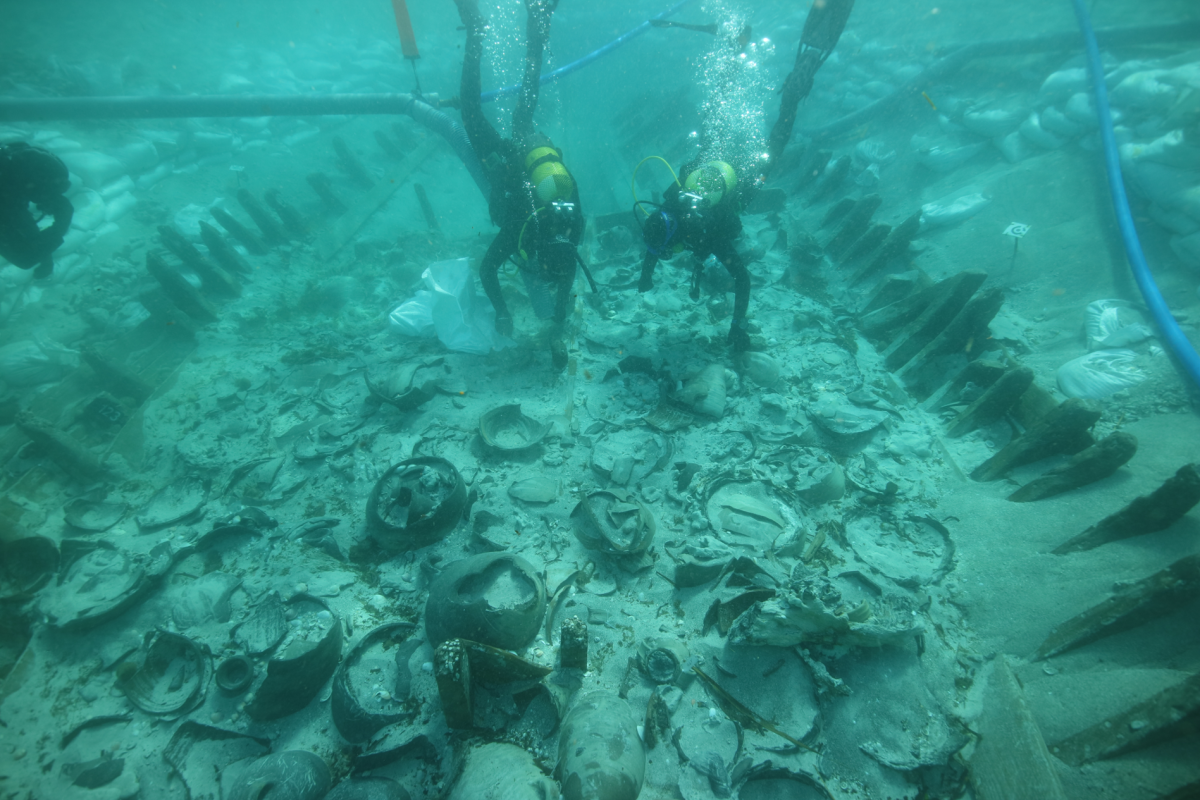
Boscoreale
ItalyMunicipality of Italy located in the vicinity of Naples.
It is a very rich archaeological site due to the discovery in the 19th century of several Roman villas dating back to the 1st century A.D. One of the most famous is the so-called Villa Regina.
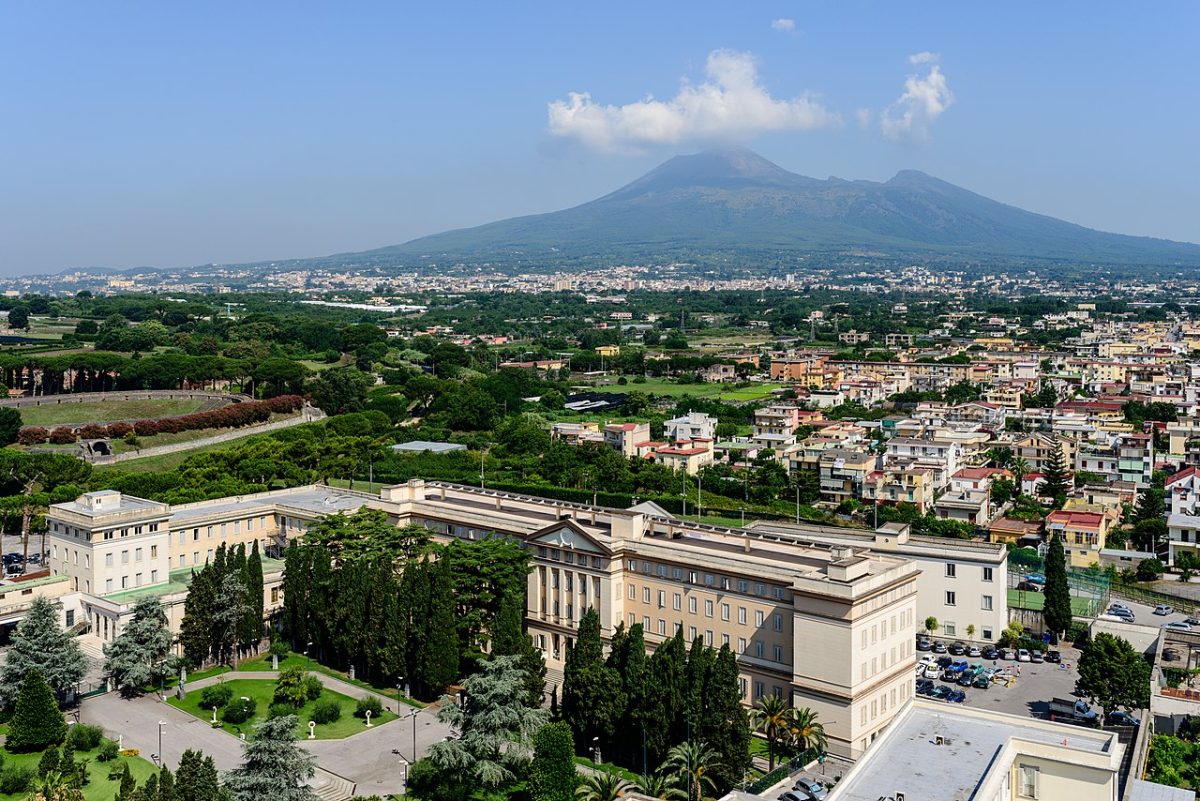
Durocortorum.
Reims (France)The ancient Roman city of Durocortorum (present-day Reims), at its peak, became the second largest city in Roman Gaul. Capital of the province Gallia Belgica, it had a population of between 30,000 and 50,000 inhabitants.
Settled near the river Vesla, it had a commercial river port on its western border. This fact has led to the discovery, in an excellent state of preservation, of various everyday objects made of wood, among others.

Herculanum
(Italy)Herculaneum was an ancient Roman city located in the Gulf of Naples and very close to the city of Pompeii. It was affected, as were the neighbouring towns, by the eruption of Vesuvius in October 79 AD.
It was a much smaller town and much closer to Mount Vesuvius, so the eruption affected it more severely. The pyroclastic flow reached it at a higher temperature, estimated at 400-500 °C, so that the victims were instantly reduced to burnt skeletons.
The buildings at Herculaneum are preserved in exceptional condition and most of them retain their two storeys intact.
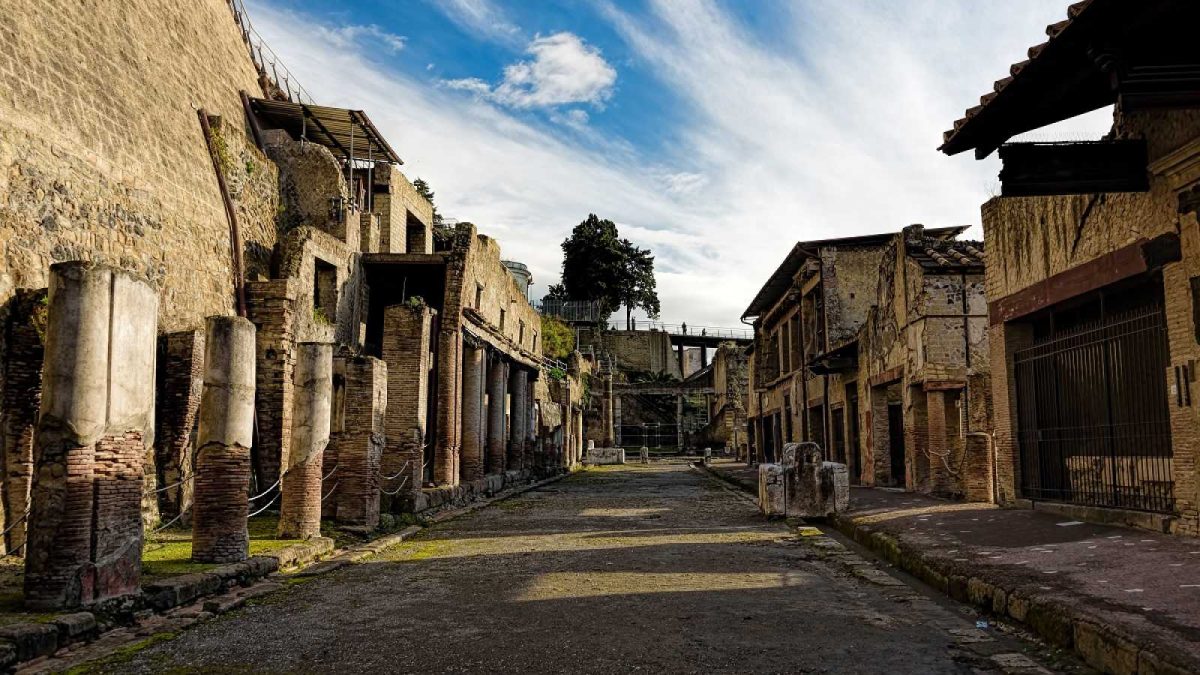
Isturgi
Los Villares de Andújar. (Jaén, Spain)Isturgi is an archaeological site located in the town of Los Villares, Jaén. It was a town of Iberian origin that became a Roman province during the 1st century BC, receiving the name of Municipium Isturgi Triumphale.
Currently only the area dedicated to the production of pottery, the pottery kiln, has been excavated, where a large quantity of materials have been documented, showing the high degree of Romanisation that the municipality underwent.
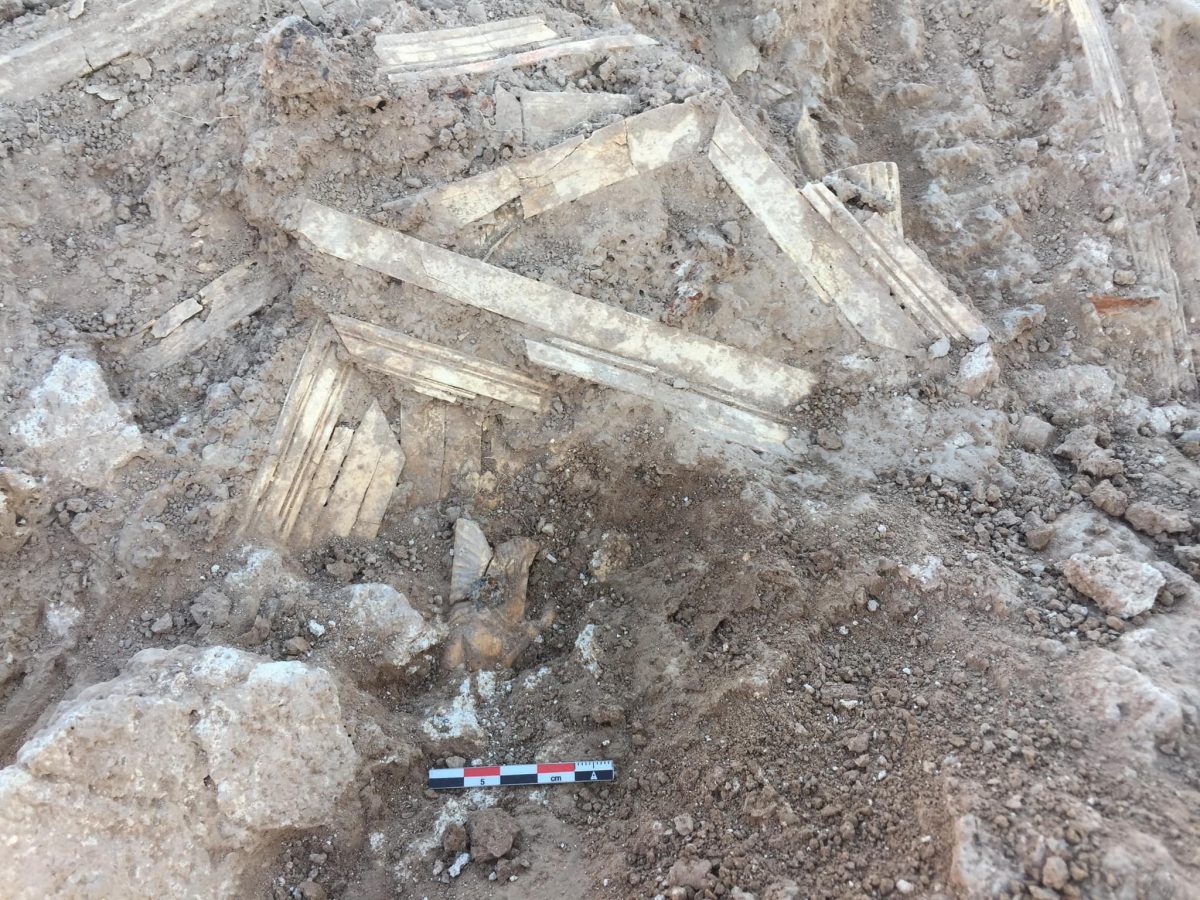
La Vila Joiosa (Alicante)
A coastal town known for the discovery in 1999 of one of the most important underwater archaeological sites on the peninsula, the Roman wreck of the Bou Ferrer, with a cargo of amphorae intact, dating from the 1st century AD.
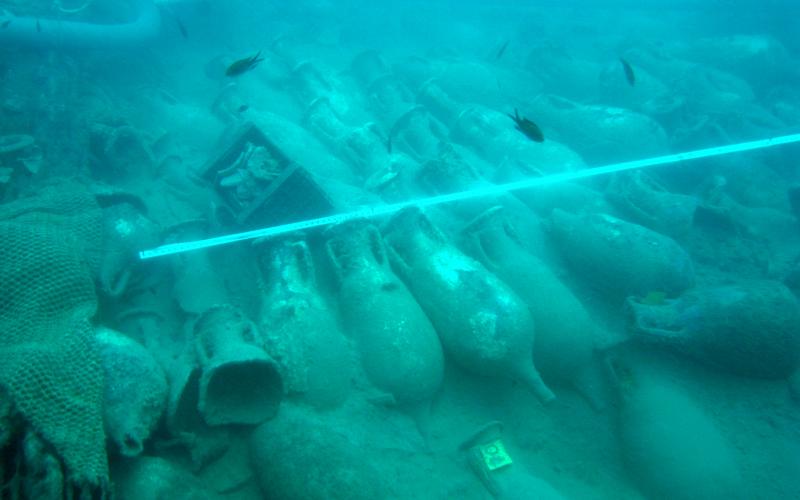
Madrid
SpainMadrid is a municipality and a city in Spain. The locality, with the historical category of villa, is the capital of the State and of the Community of Madrid.
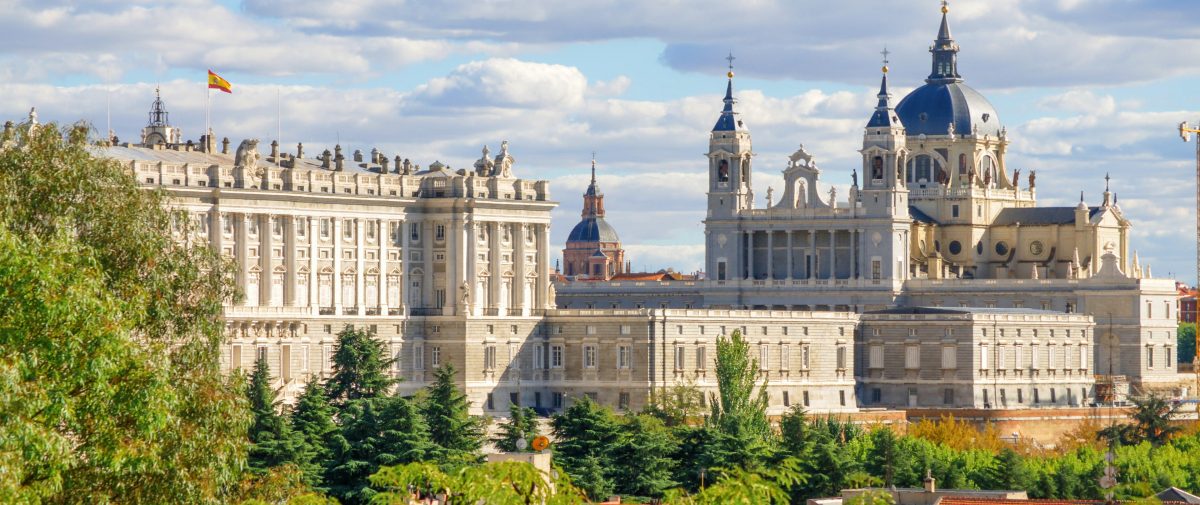
Montorio Veronese
ItalyMontorio Veronese is a municipality located 6 km from the city of Verona (Italy). This small municipality made headlines for the discovery of a spectacular late Roman mosaic in an area already known for its archaeological finds.
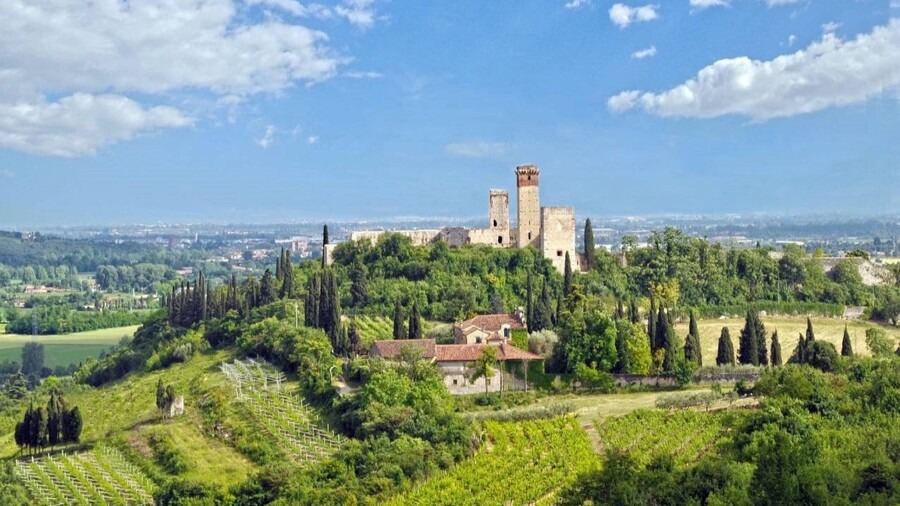
Ostia Antica
ItalyThe Archaeological Park of Ostia Antica is an impressive historical site located on the outskirts of Rome, Italy. It is an ancient Roman city that was founded in the 4th century BC and reached its peak during the 2nd and 3rd centuries AD.
Ostia Antica was an important port in antiquity, and its extensive and well-preserved archaeological site reveals the everyday life and grandeur of ancient Rome. Walking through its cobbled streets transports you to the past, offering you the opportunity to explore ancient buildings such as taverns, baths, theaters, temples, and houses, as well as the remains of its river port. It is a historical treasure that allows us to understand and appreciate the significance of Ostia in the history of Rome and the expansion of the Roman Empire.
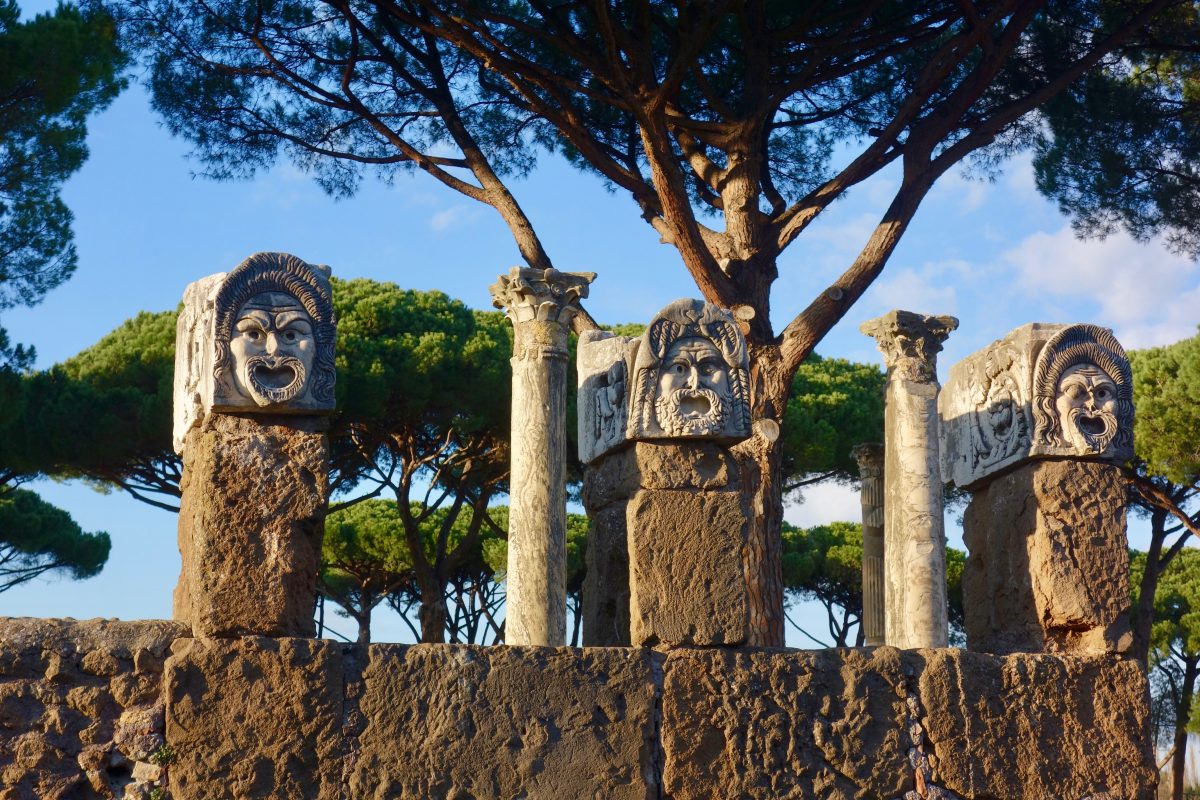
Patras
GreecePatras is currently one of the largest cities in Greece.
Its historical origin is usually framed around the Mycenaean town of Vunteni, dated to the second millennium BC. The core of the Ionian city was formed around Ároe, in what is now the city’s castle. Herodotus mentions it for the first time in the s. V BC and in the Peloponnesian War it was the only Achaean city to fight alongside Athens. In Roman times it was a great strategic and commercial center in the Eastern Mediterranean. The city continued to grow and was inhabited during the Byzantine and Ottoman periods.
In Patras, its Ottoman castle stands out as patrimonial elements, arranged in what was the acropolis of the city, the Roman odeon, the church of San Andrés or the Archaeological Museum of Patras.

Pompeii
ItalyPompeii was an ancient Roman city located in Campania, near present-day Naples (Italy), which was destroyed during the eruption of Vesuvius in 79 AD.
Pompeii has become the most important archaeological site in Europe and was excavated in the 19th and 20th centuries. Since then, many buildings have been cleaned and restored, revealing important remains that give us a better understanding of Roman life.

Rome
ItalyRome, the capital of Italy, is a historical and archaeological treasure that encapsulates millennia of civilization. Its cobbled streets tell the story of the Roman Empire, with iconic monuments like the Colosseum, the Roman Forum, and the Pantheon bearing witness to its grandeur.
Every corner of the city evokes the greatness of its ancient emperors and leaders, while magnificent basilicas like St. Peter’s in the Vatican reflect centuries of ecclesiastical influence. Rome is an open-air museum, where the majesty of the past coexists with the vibrancy of modern life, attracting millions of visitors annually to explore its unparalleled historical legacy and to enjoy its timeless charm.
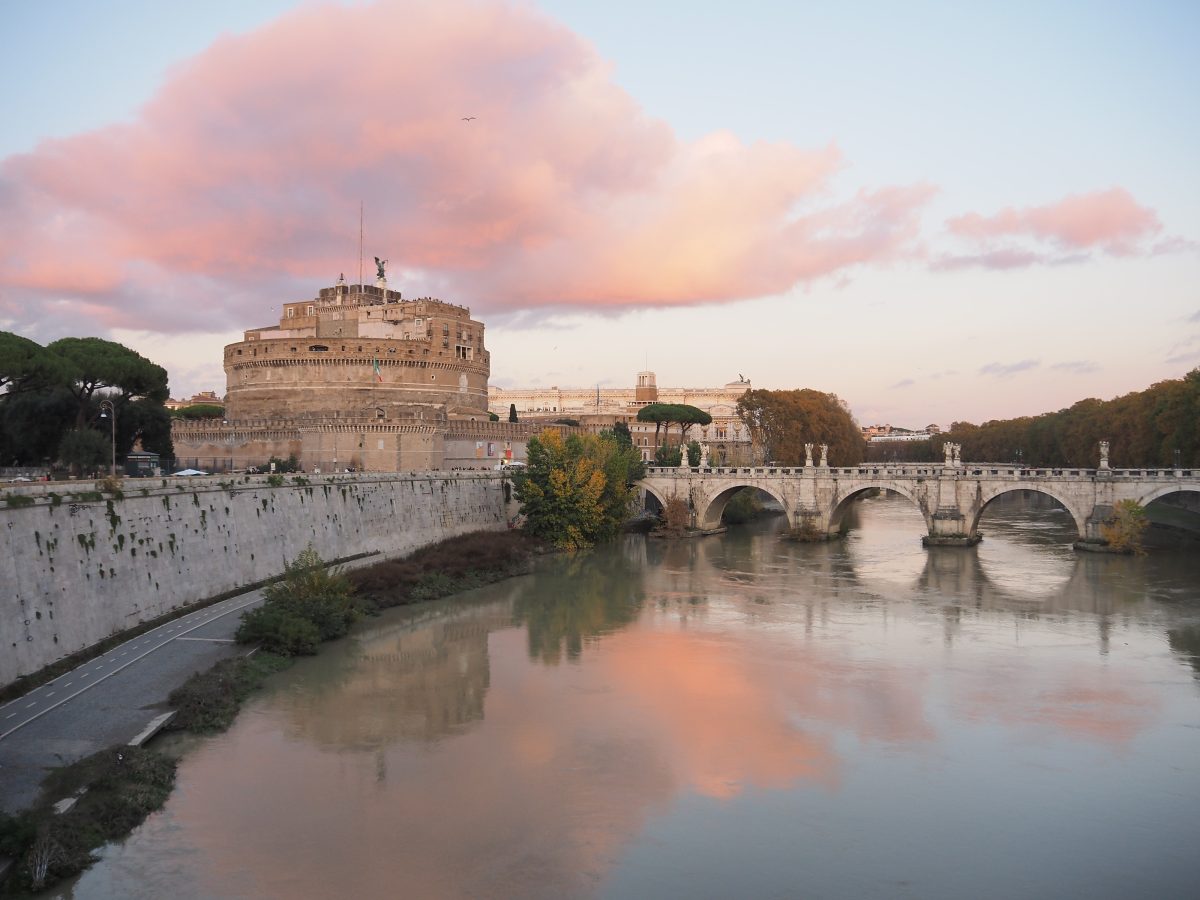
Split
CroatiaSplit, a captivating city located on Croatia’s Dalmatian coast, is a perfect fusion of history and modernity. Known for its emblematic Diocletian’s Palace, declared a UNESCO World Heritage Site, this city offers a journey through time with its cobbled streets and impressive Roman ruins.
Architectural remains like the Temple of Jupiter and the Cathedral of St. Domnius blend harmoniously with the vibrant Mediterranean atmosphere, where outdoor cafés and restaurants line the picturesque waterfront. Beyond its fascinating past, Split is a modern and lively city that offers a wide variety of activities, from exploring lively beaches to enjoying a vibrant nightlife. Whether exploring historical treasures or immersing oneself in the contemporary atmosphere, Split undoubtedly captivates visitors with its unique charm and rich cultural heritage.
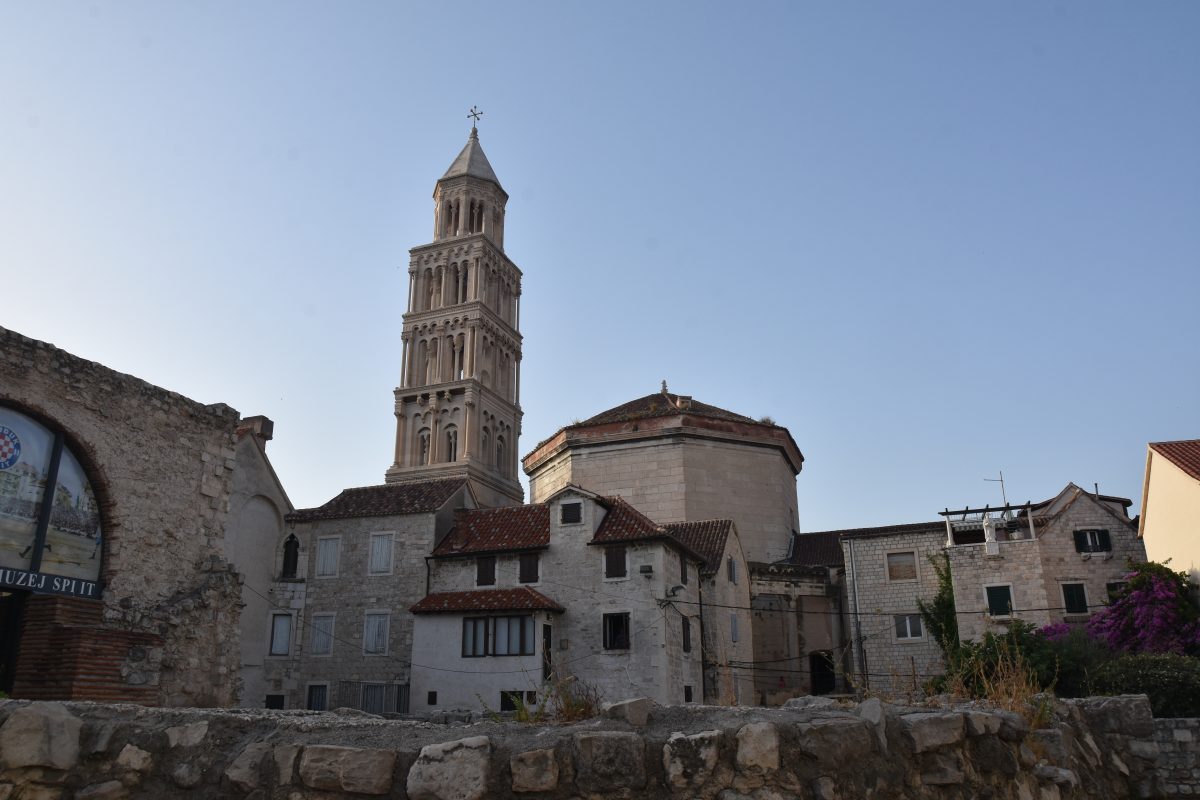
Tarraco
Tarragona (España)The archaeological site of Tarraco (Tarragona) is one of the most extensive preserved in Spain. Declared a World Heritage Site in 2000 by Unesco, the Colonia Iulia Urbs Triumphalis Tarraco was one of the main cities of Roman Hispania and capital of the province Hispania Citerior in the 1st century BC.
Today’s Tarragona has inherited a rich and important historical and monumental heritage, making it one of the most important cities of the Roman Empire.

The British Museum
London, United KingdomThe British Museum, located in London, United Kingdom, is one of the most important and visited museums in the world. Its collections cover different fields such as archaeology, history and art.
The museum was founded on 7 January 1753 with the donation of the private collection of Sir Hans Sloane, an Irish physician, naturalist and collector, of more than 80,000 items from around the world.

Toulon
FranceToulon is a port city located on the Mediterranean coast of southern France, with sandy beaches and pebble coves. It is an important naval base and its port is home to submarines and warships, as well as fishing boats and ferries. The magnificent Musée National de la Marine in the port of Toulon exhibits maritime objects. Rugged limestone mountains form the city’s backdrop, and a cable car transports visitors up Mount Faron.
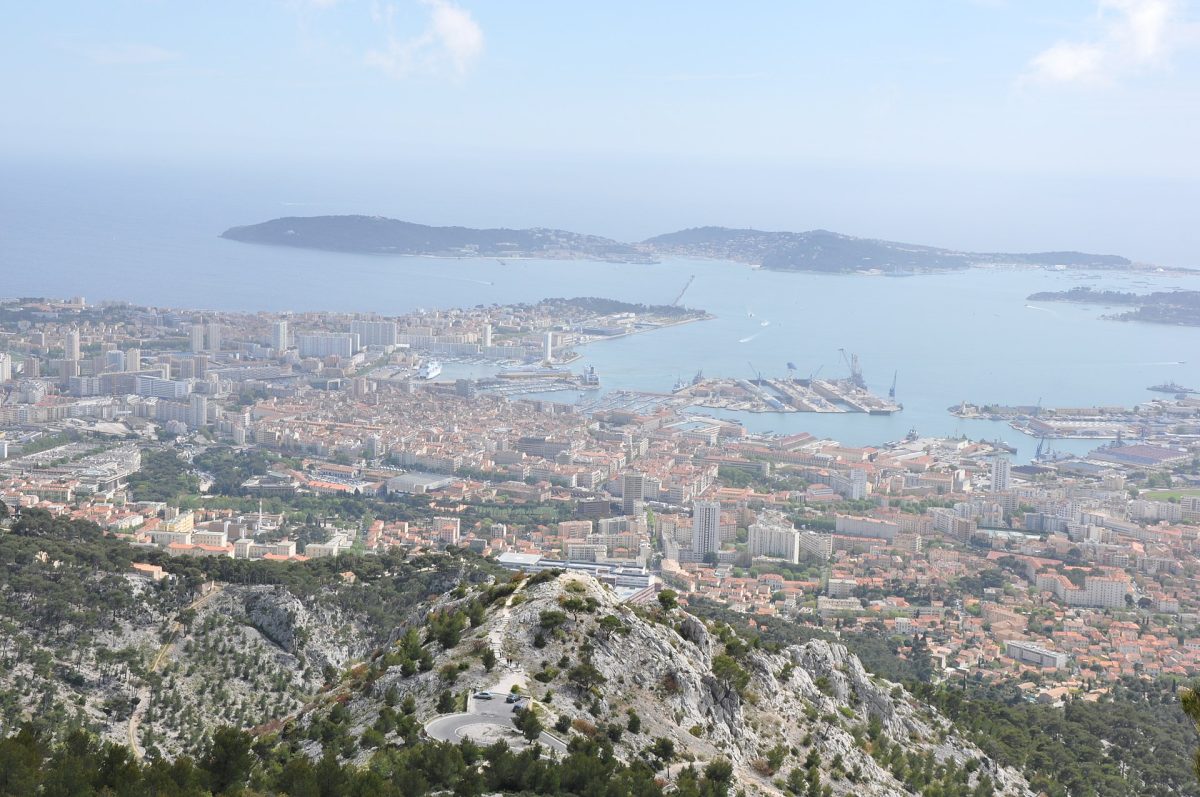
Zafra
(Extremadura, Spain)Zafra is a municipality located in the province of Badajoz, in the autonomous community of Extremadura. It is one of the most important municipalities in its province with a rich history and an important archaeological heritage.
The region has been inhabited since prehistoric times, as evidenced by the archaeological remains found in the area. The Muslim presence in Zafra began in the 9th century when the Arabs occupied the Iberian Peninsula. The city was fortified and a castle was built, which, with its imposing keep, was a symbol of the city’s defensive power. In the 15th century, Zafra underwent great development under the rule of the Dukes of Feria. Several notable buildings were constructed, such as the Palace of the Dukes of Feria, which is one of the finest examples of Renaissance architecture in Spain. During this period, Zafra became an important political and cultural centre.
